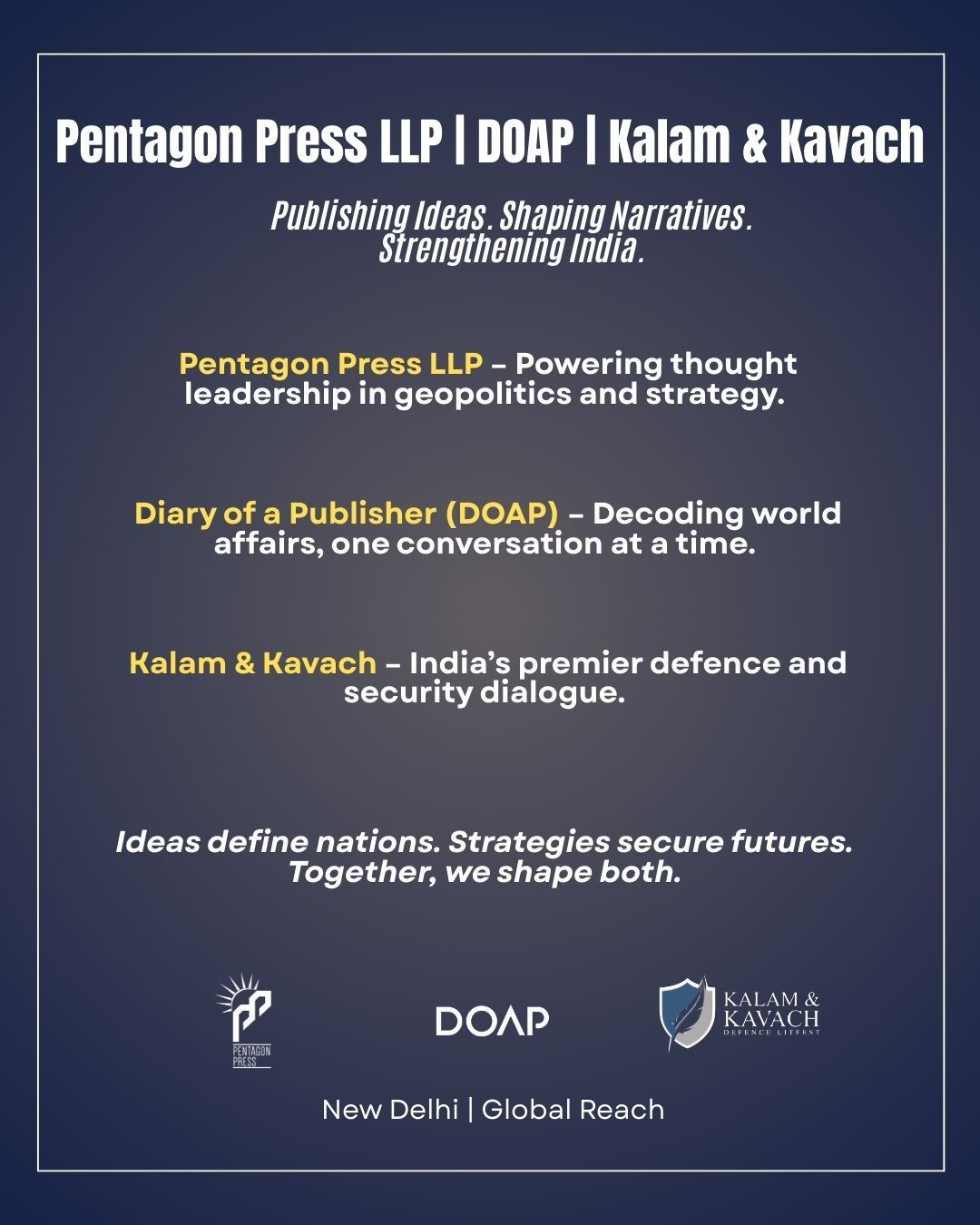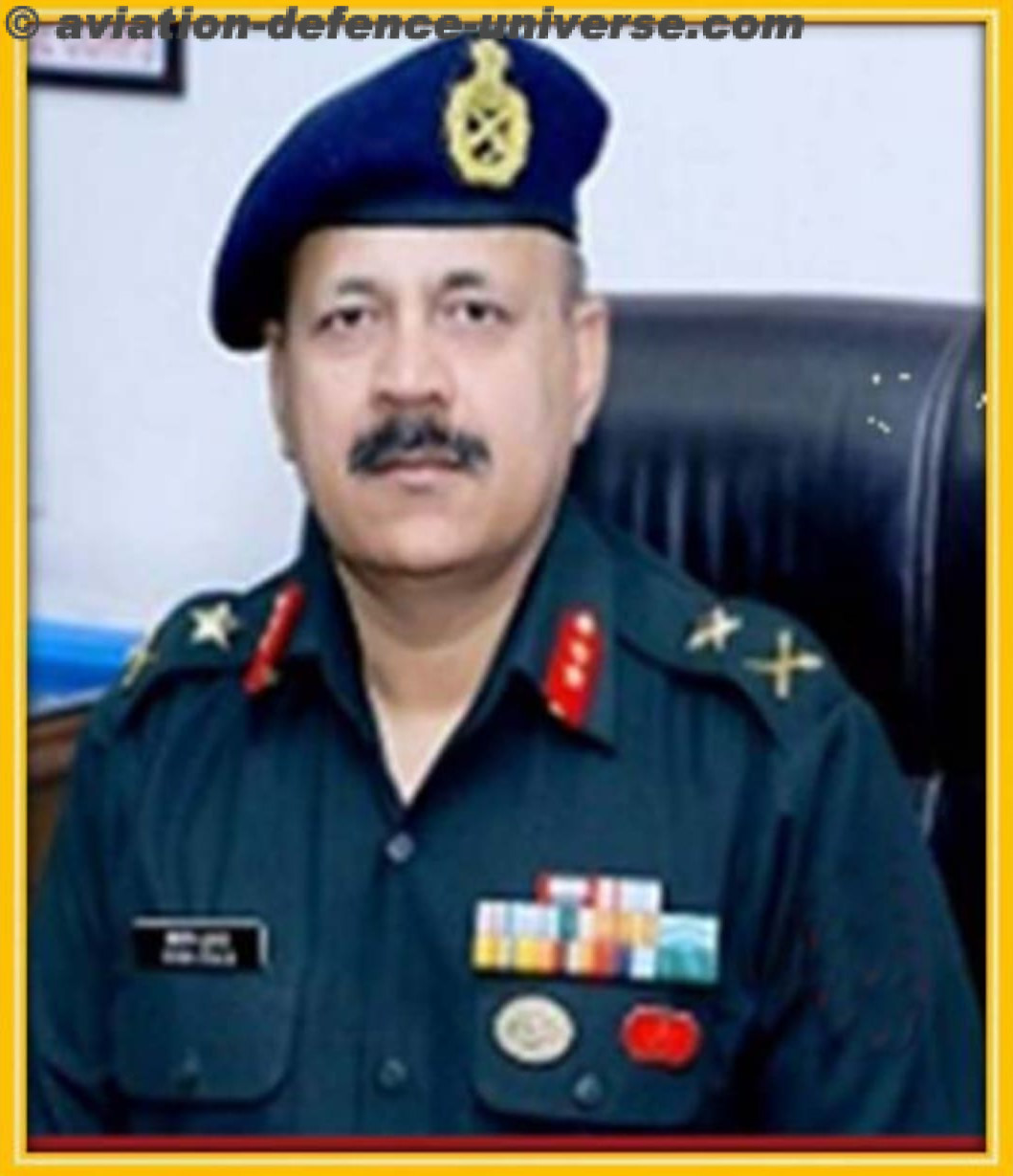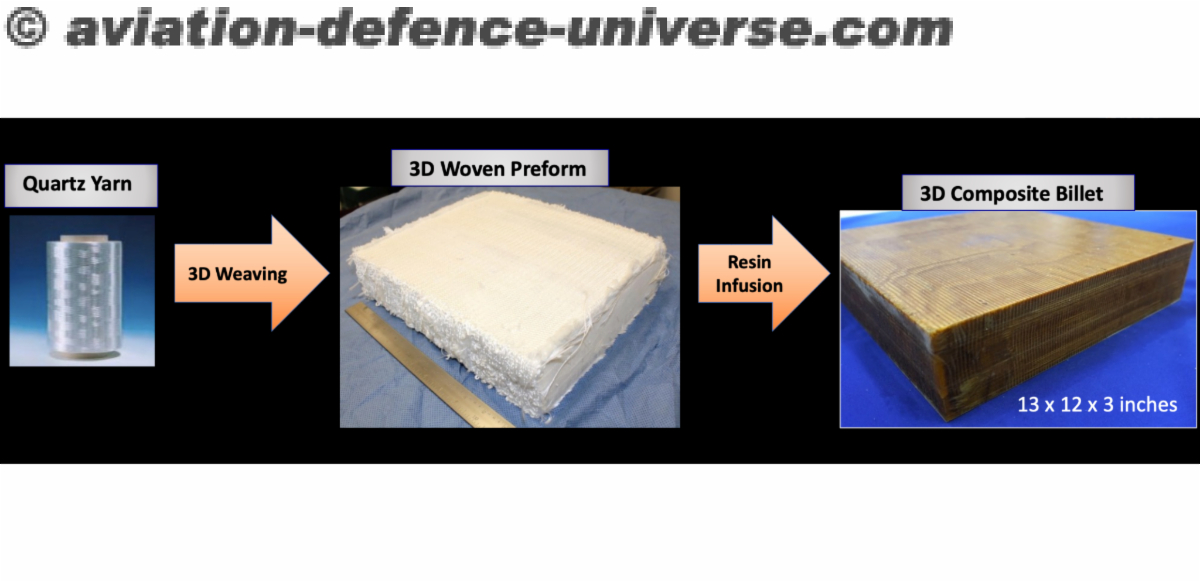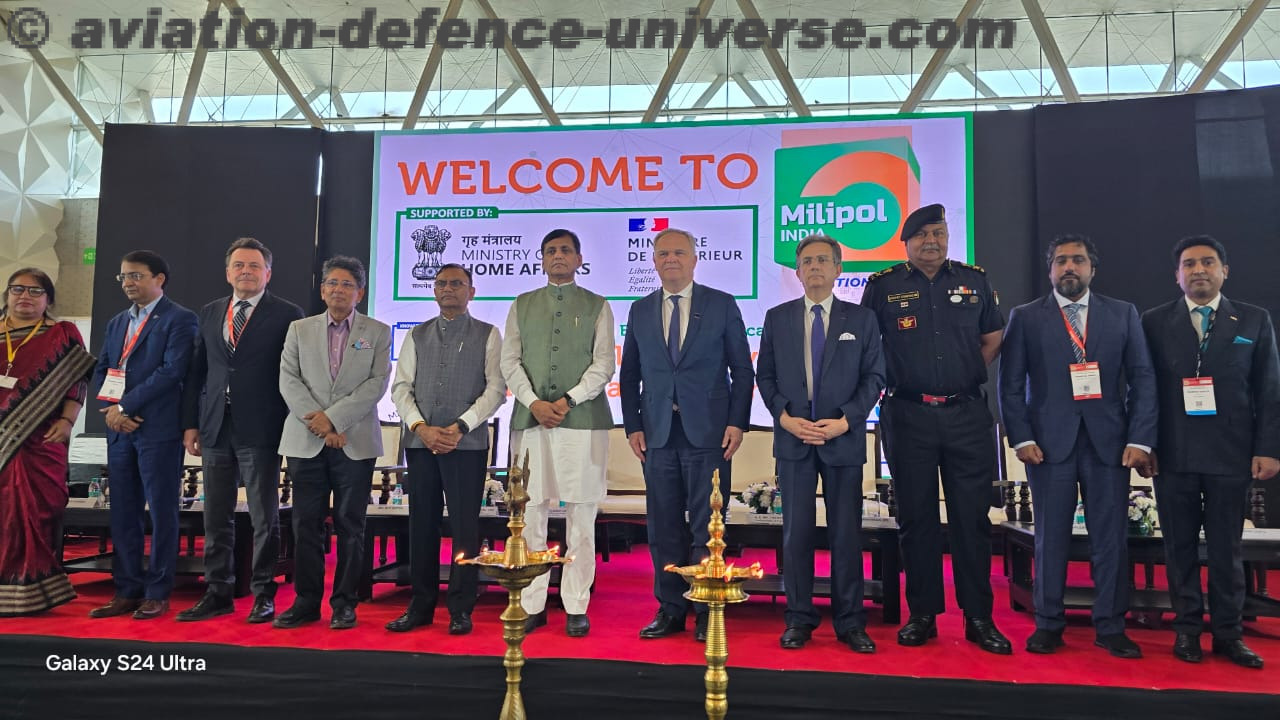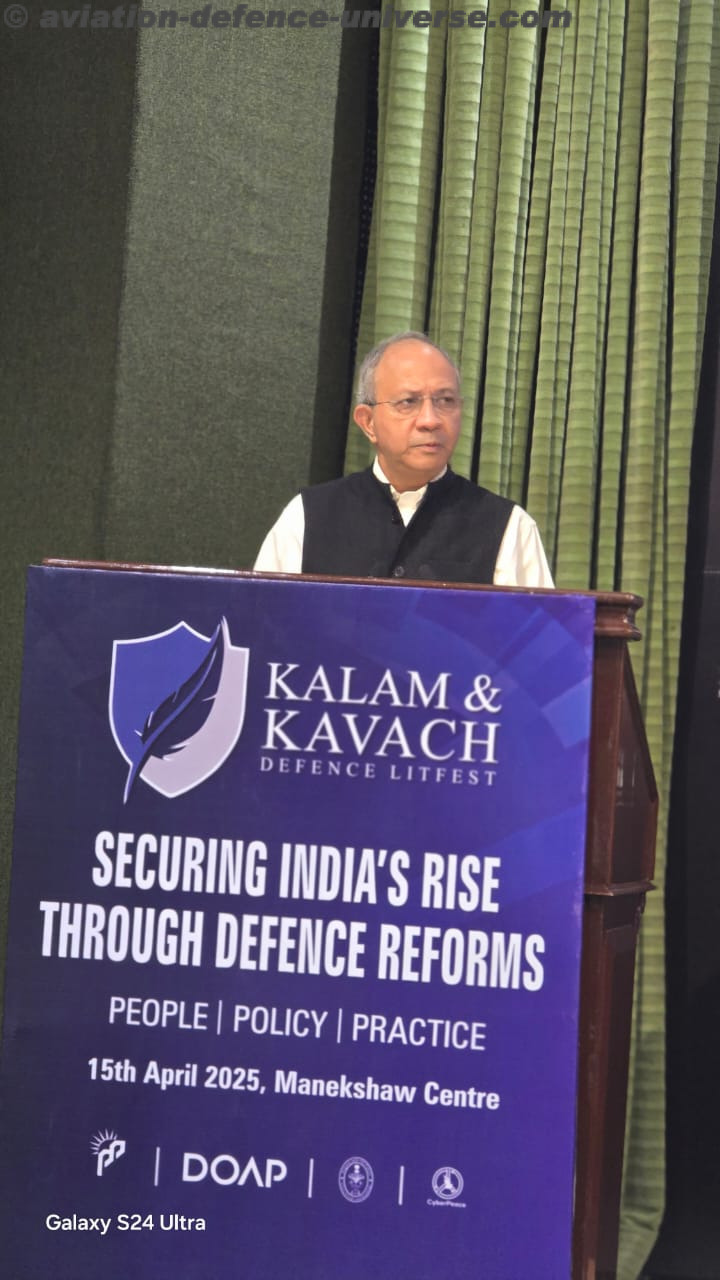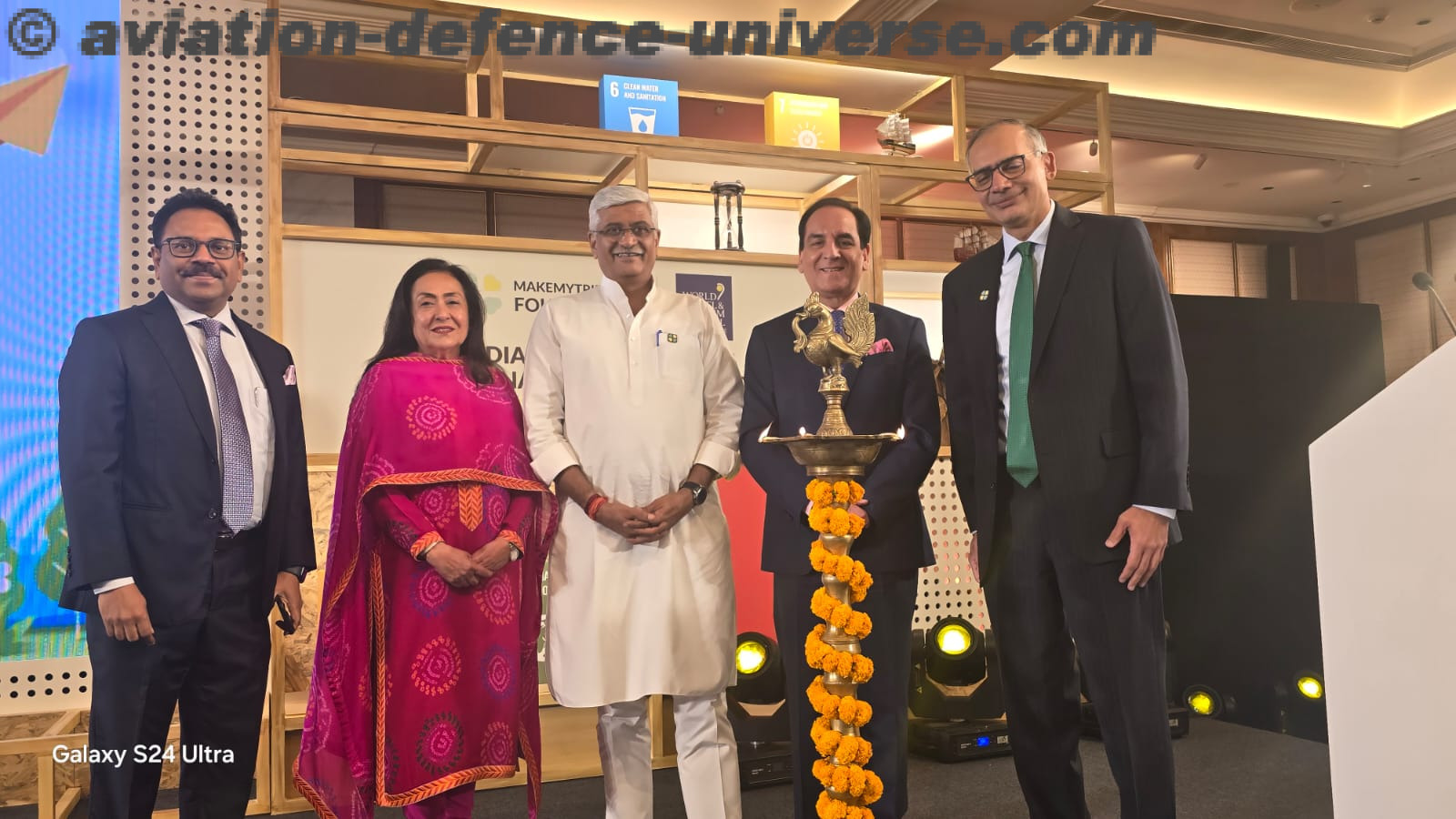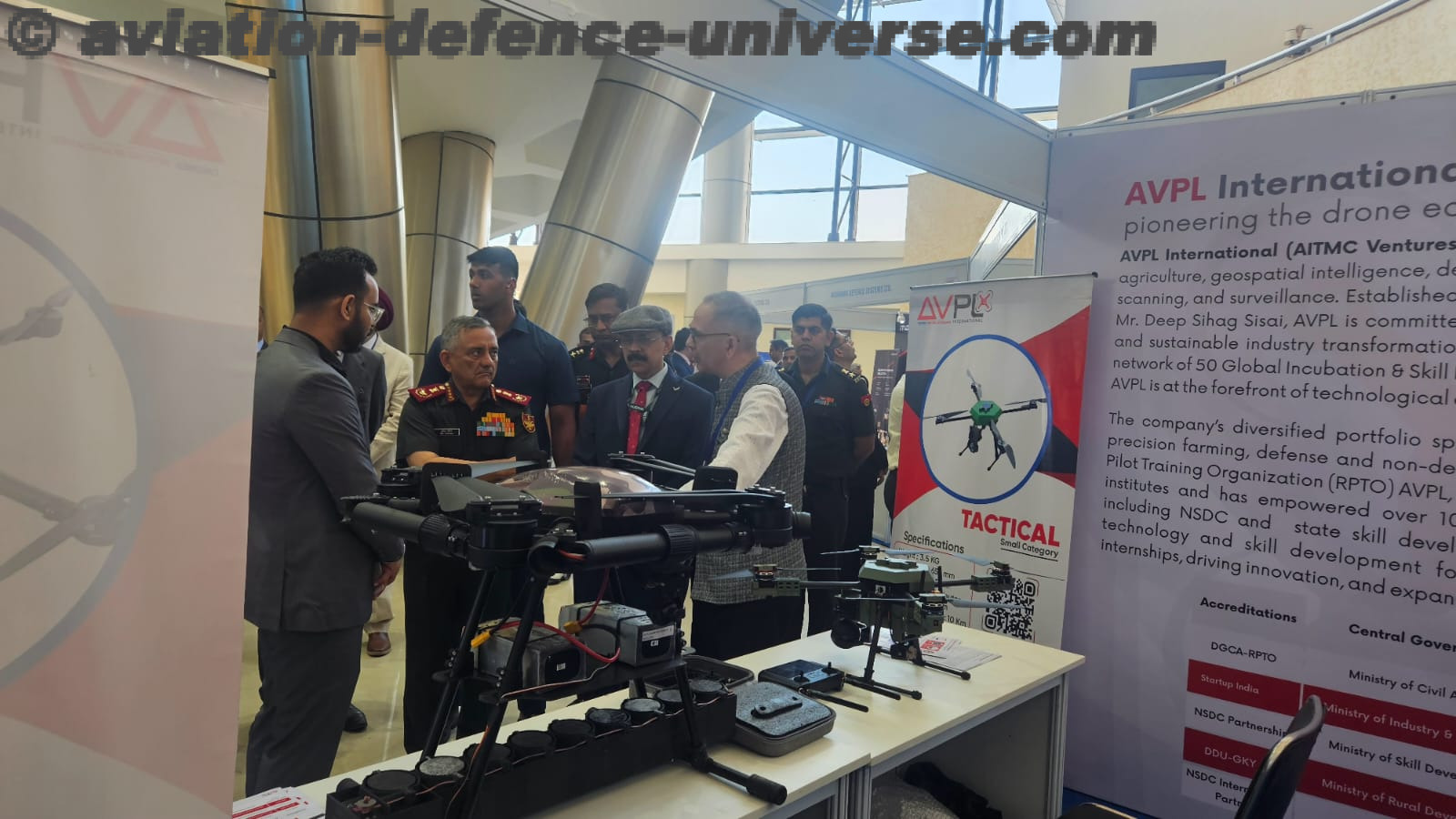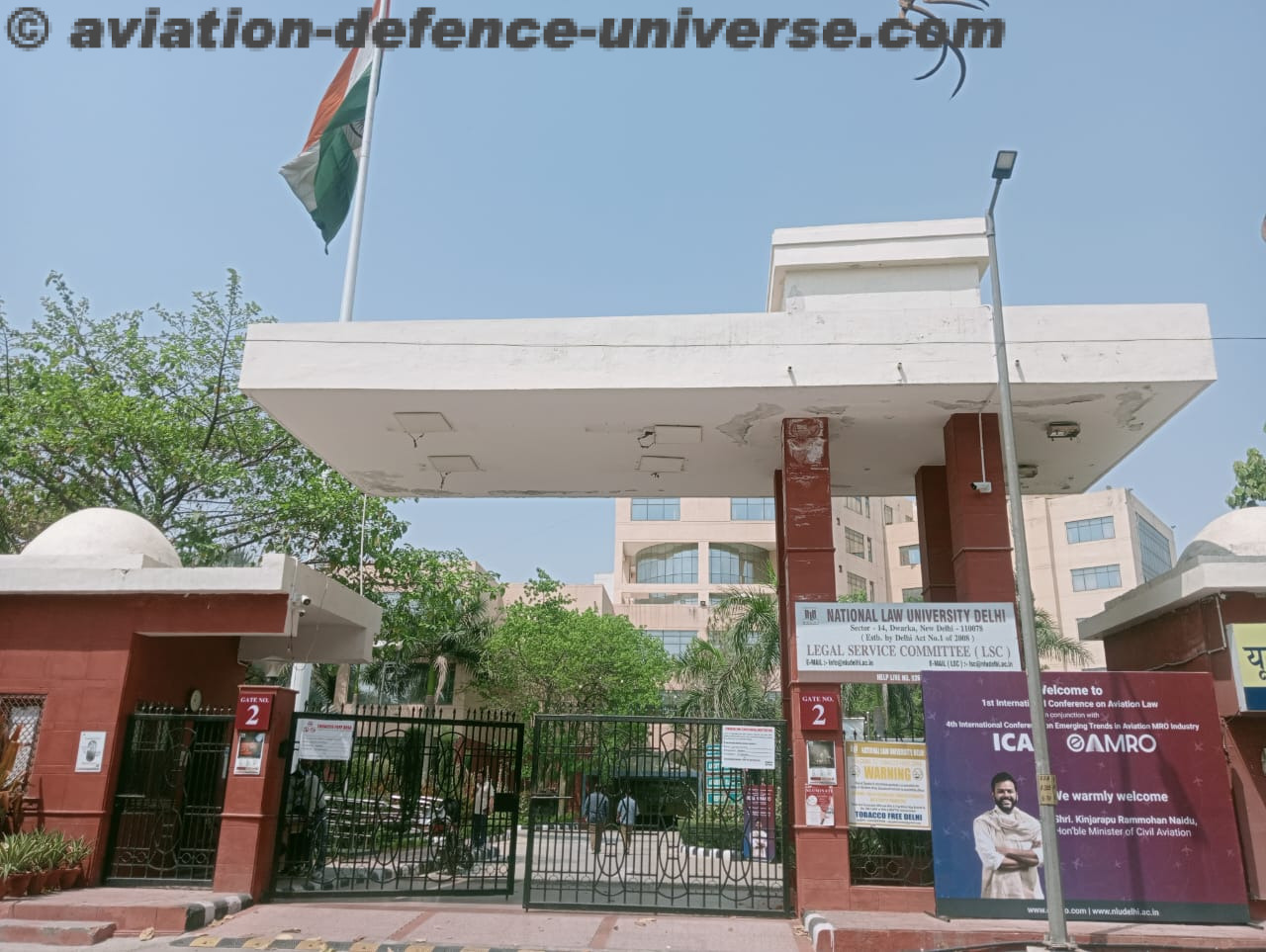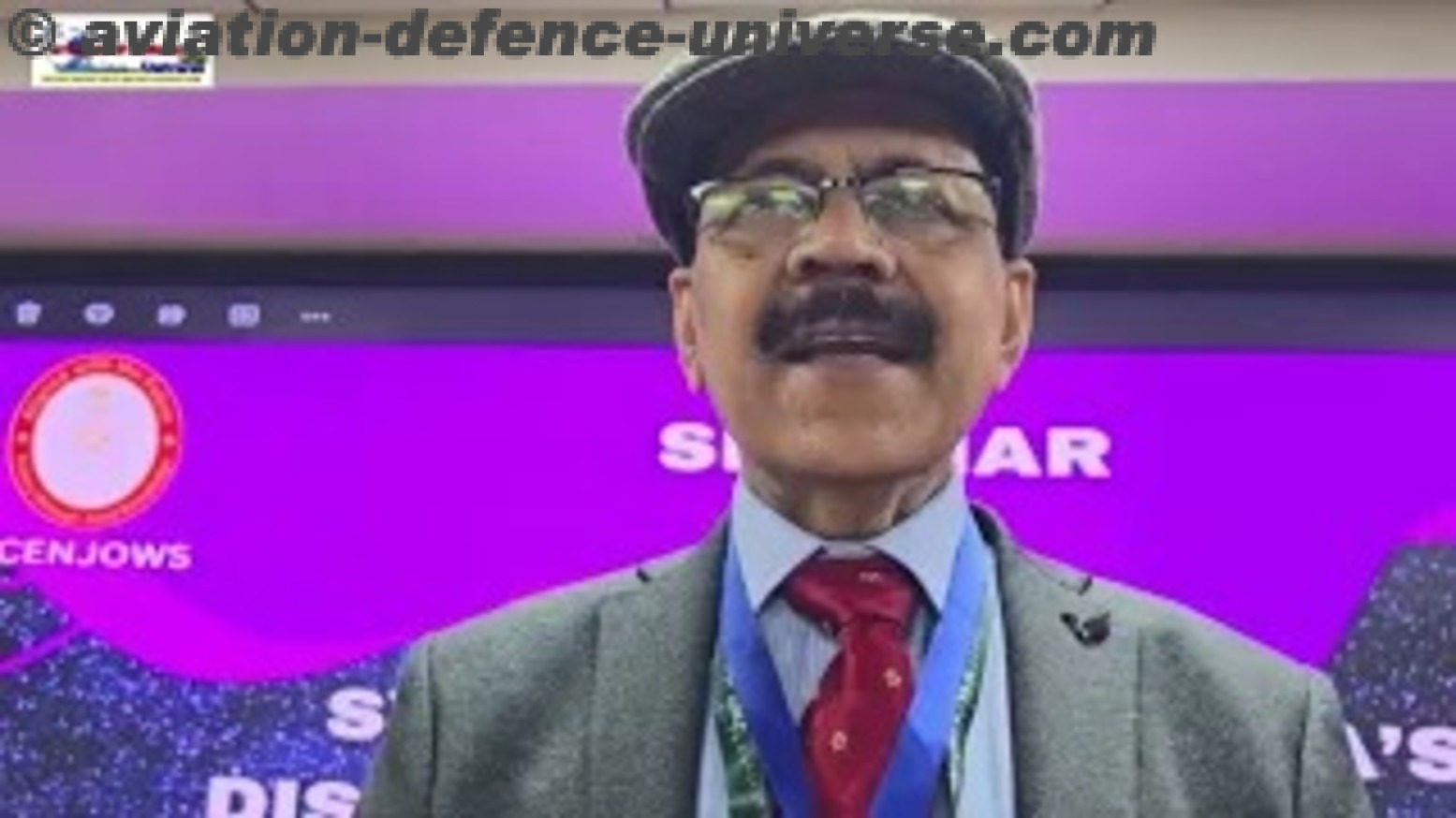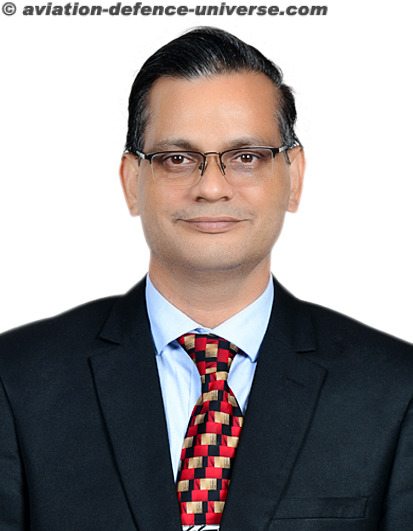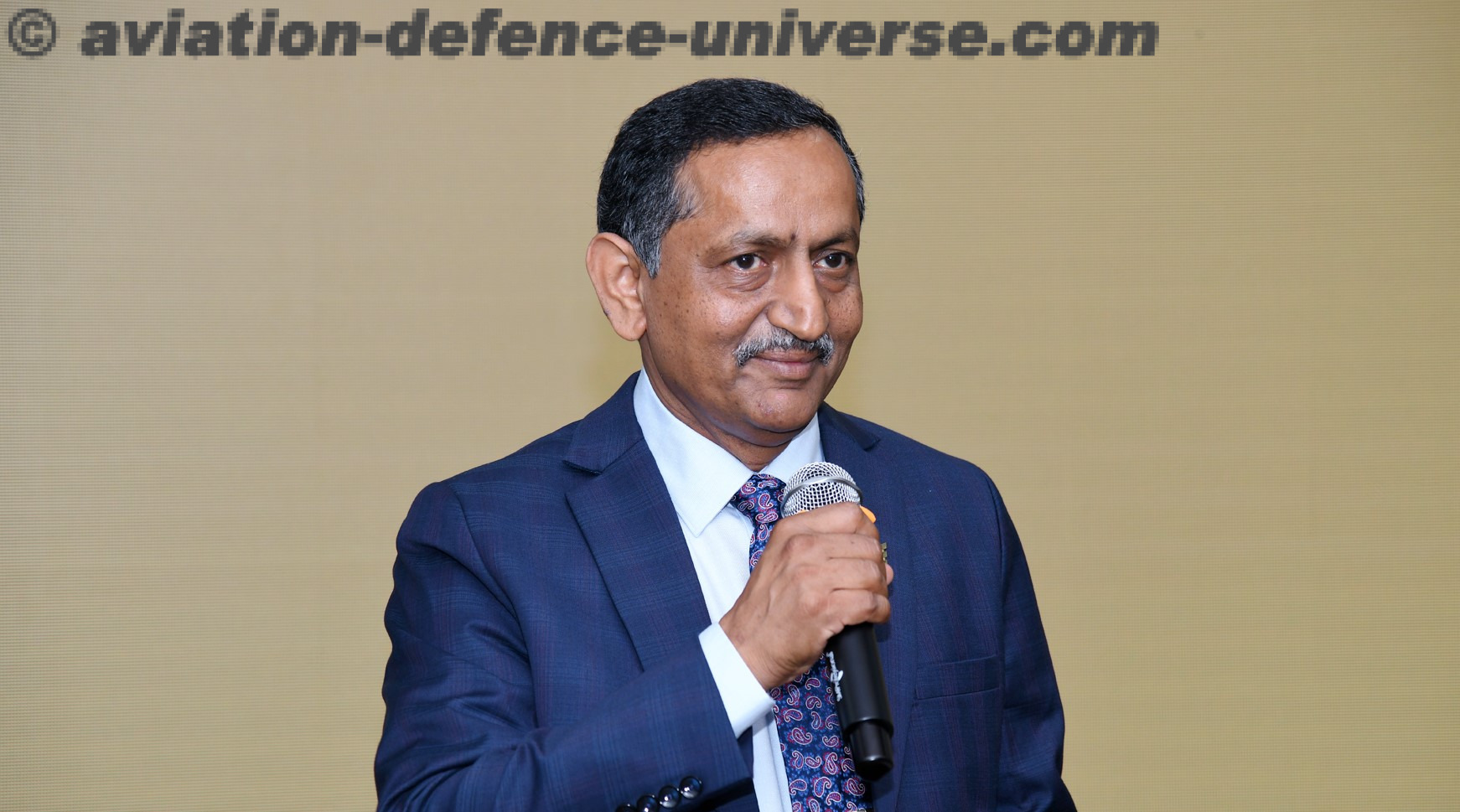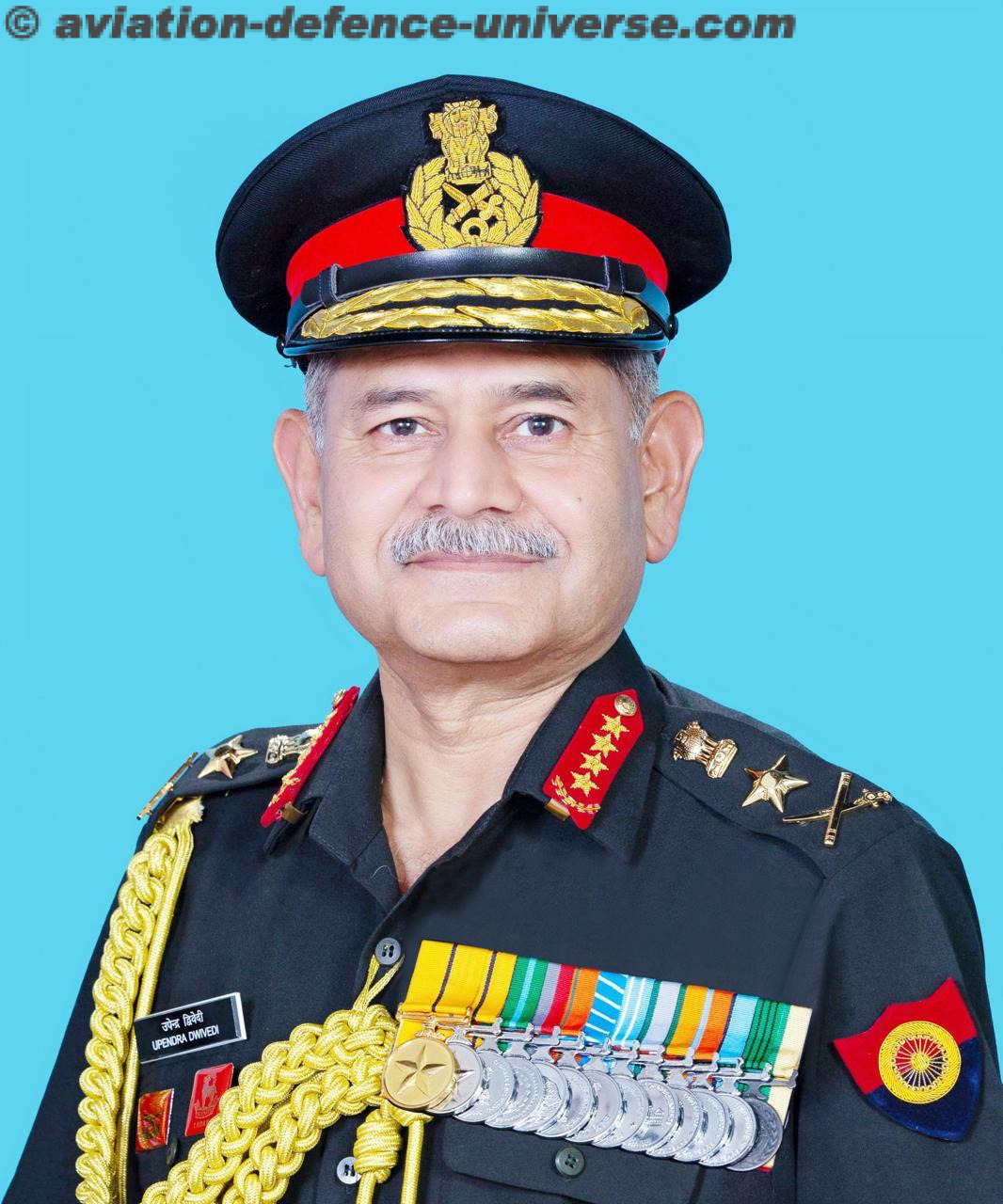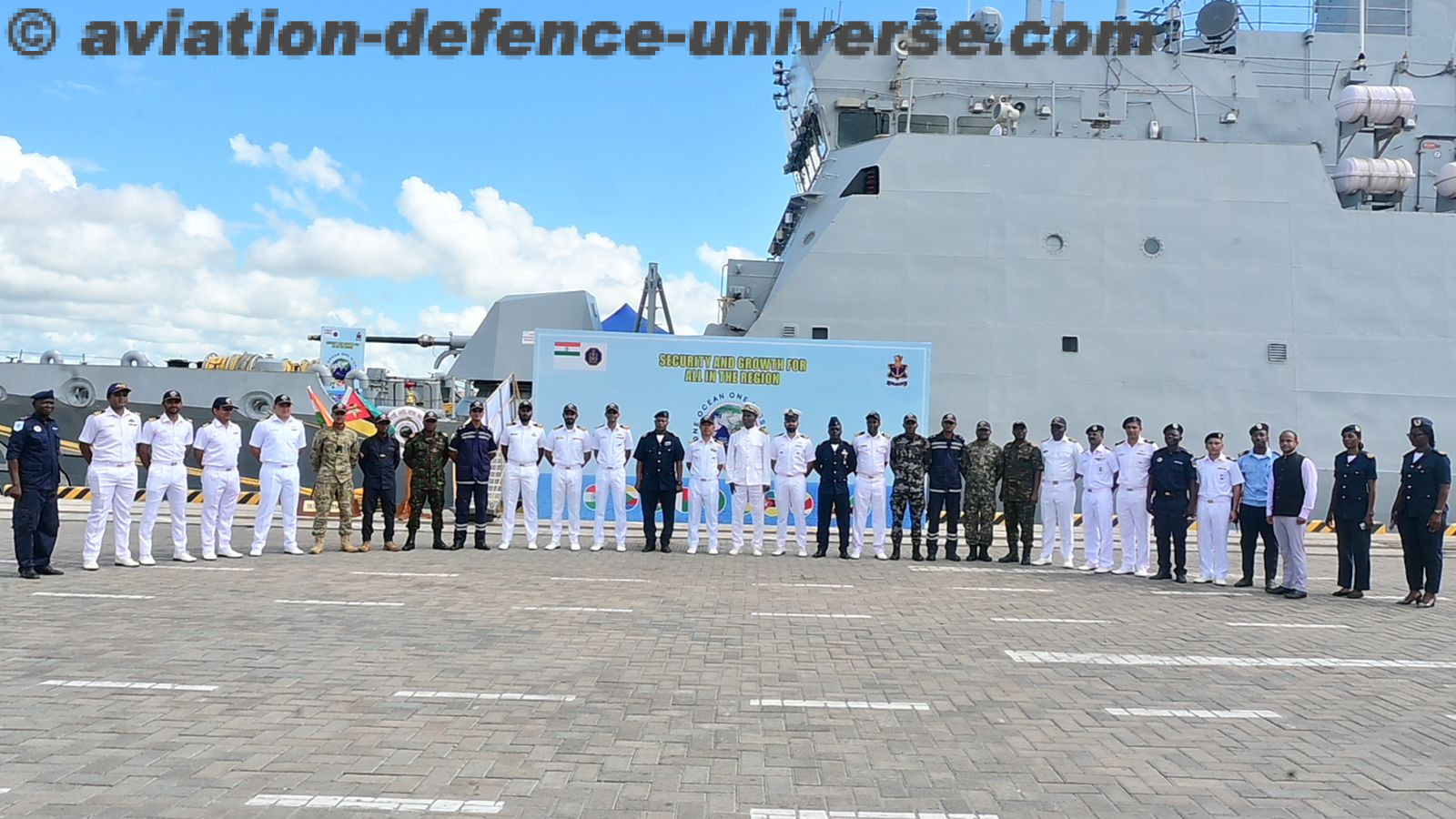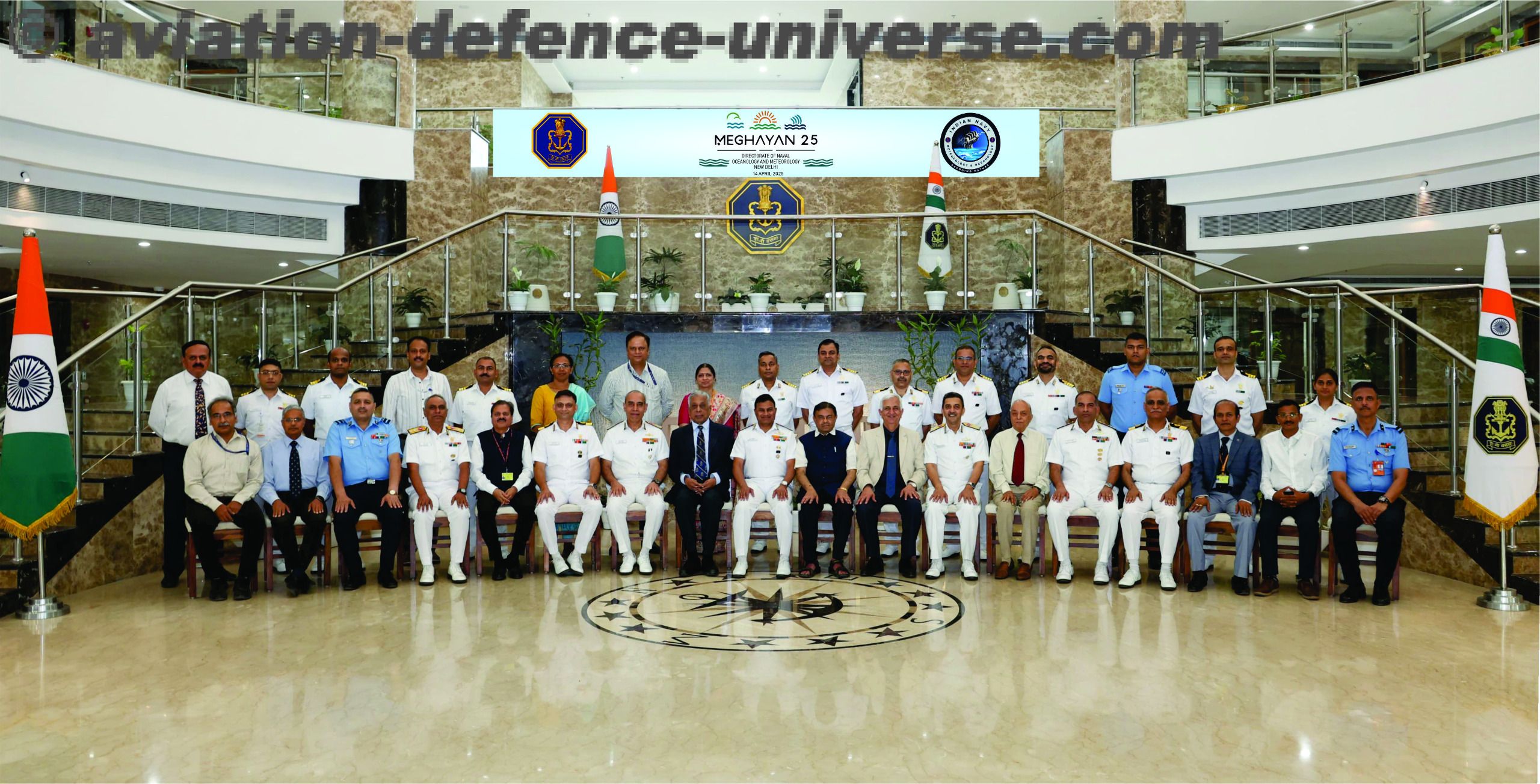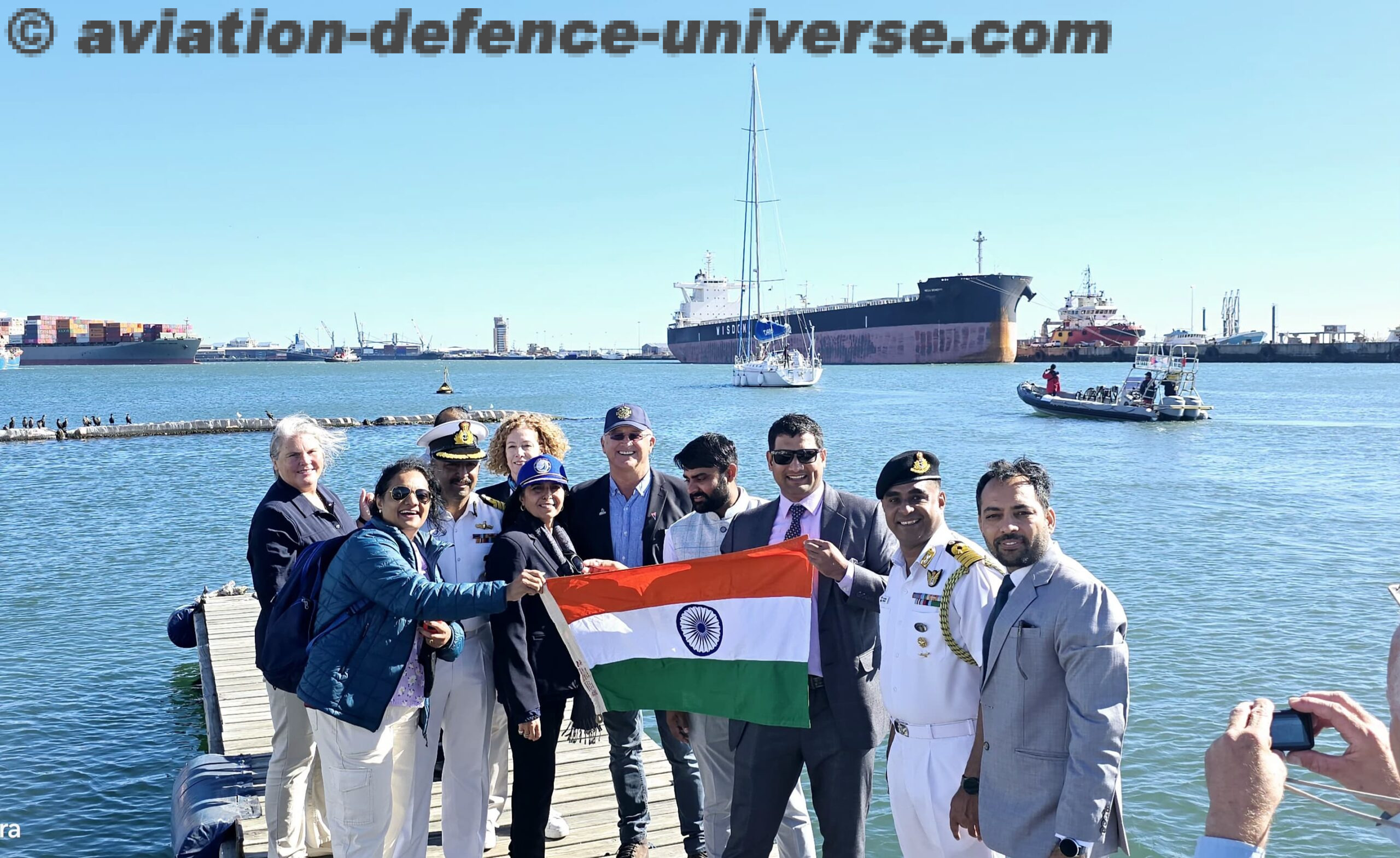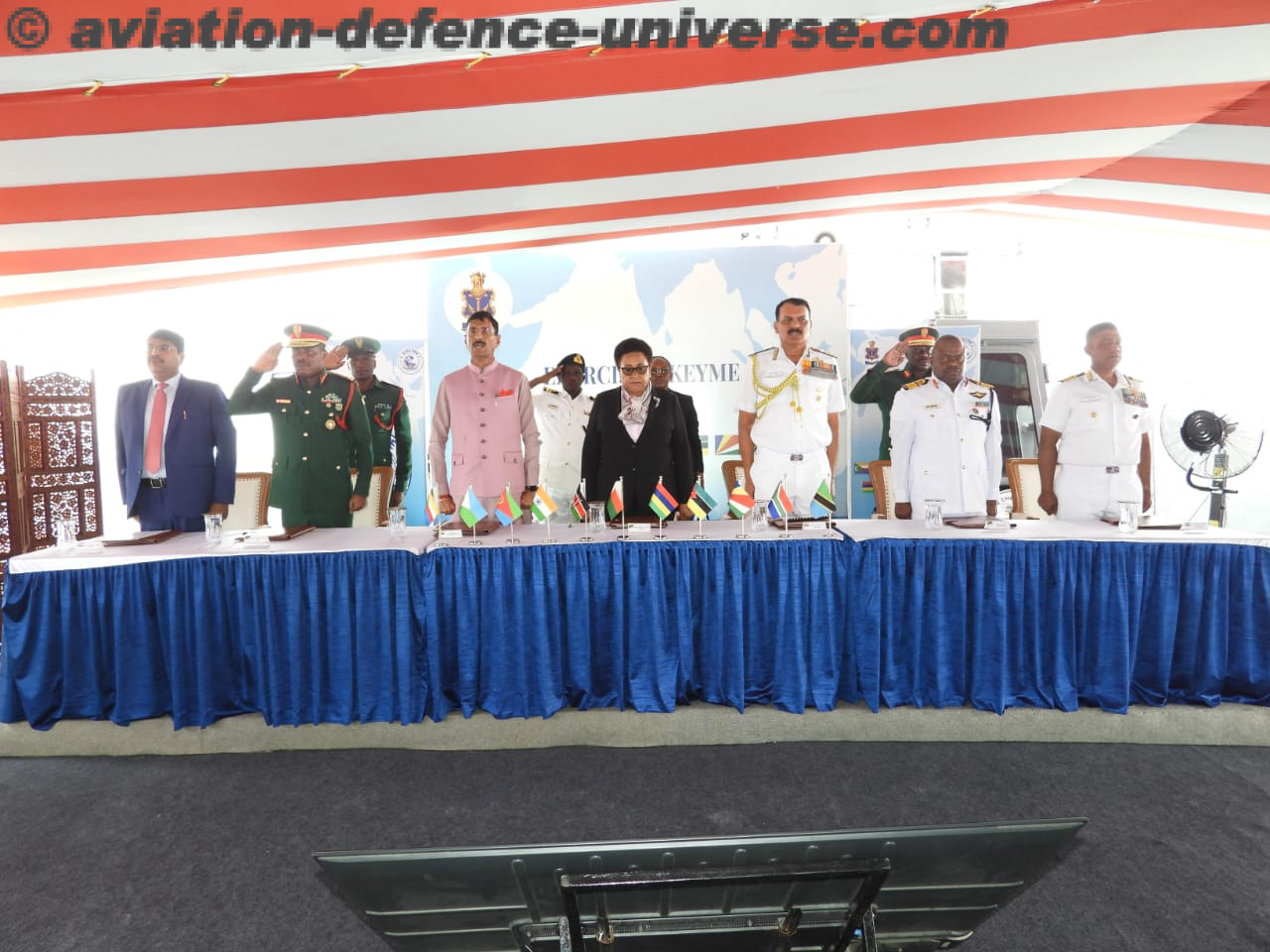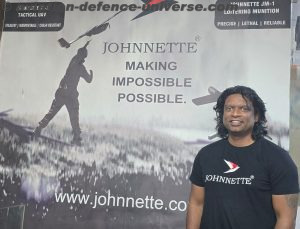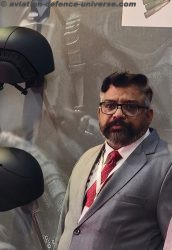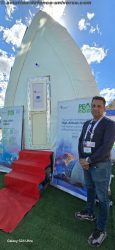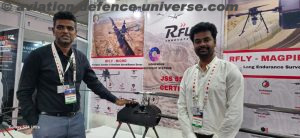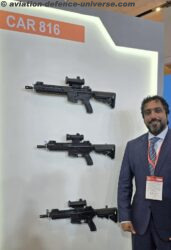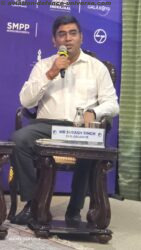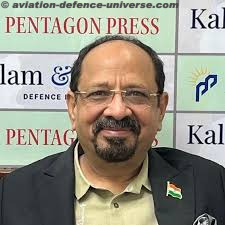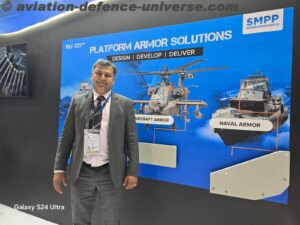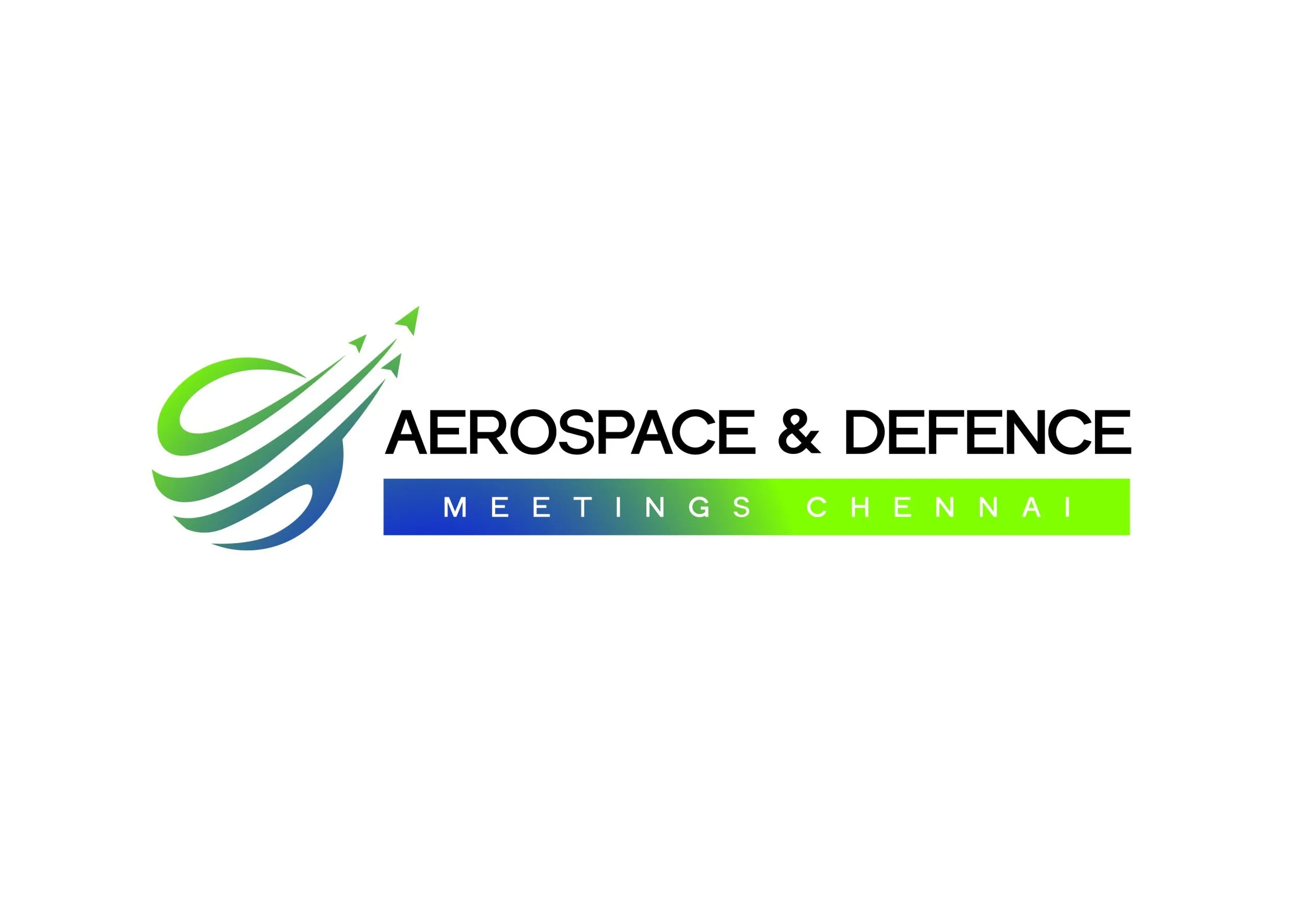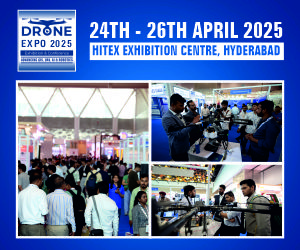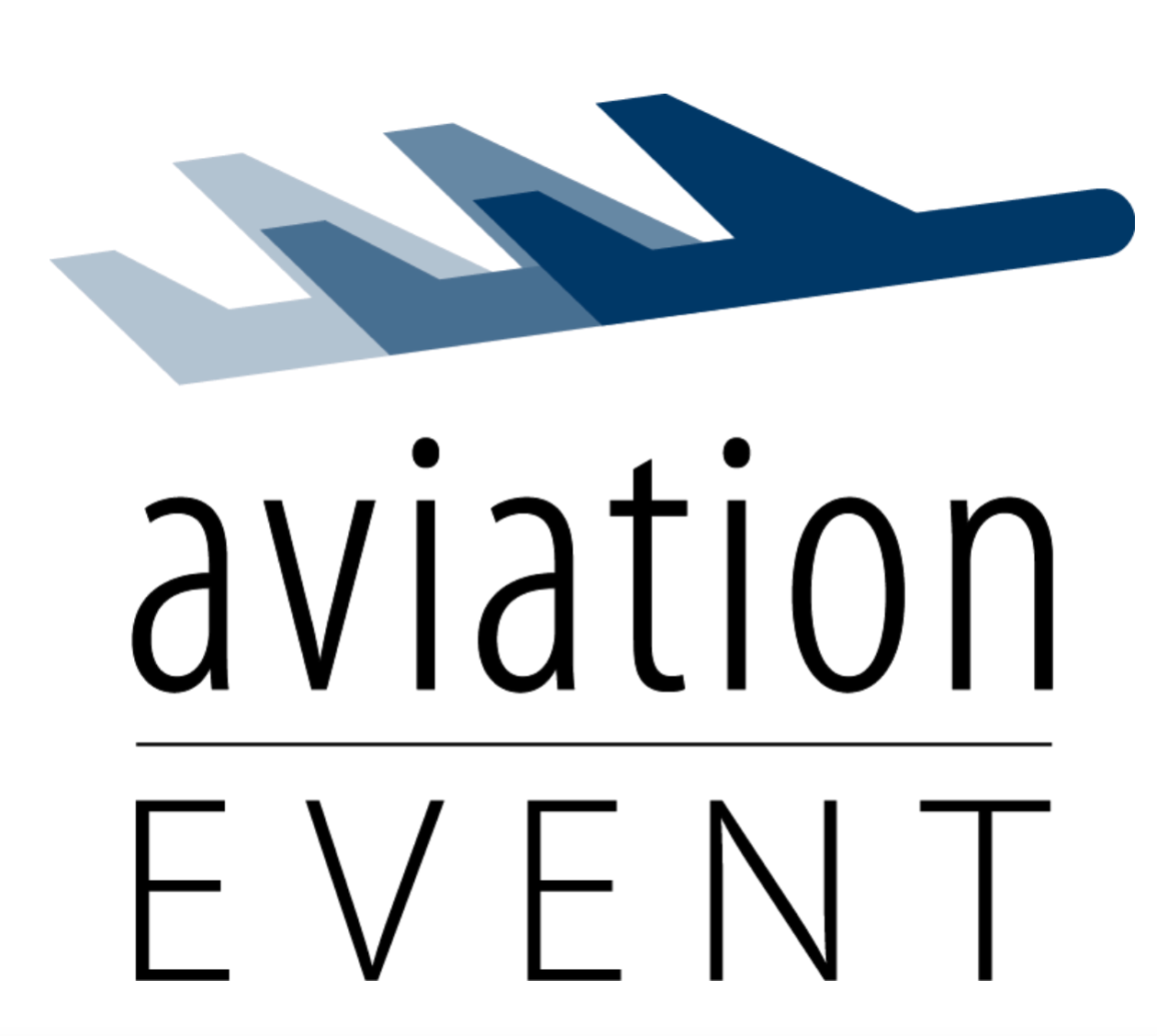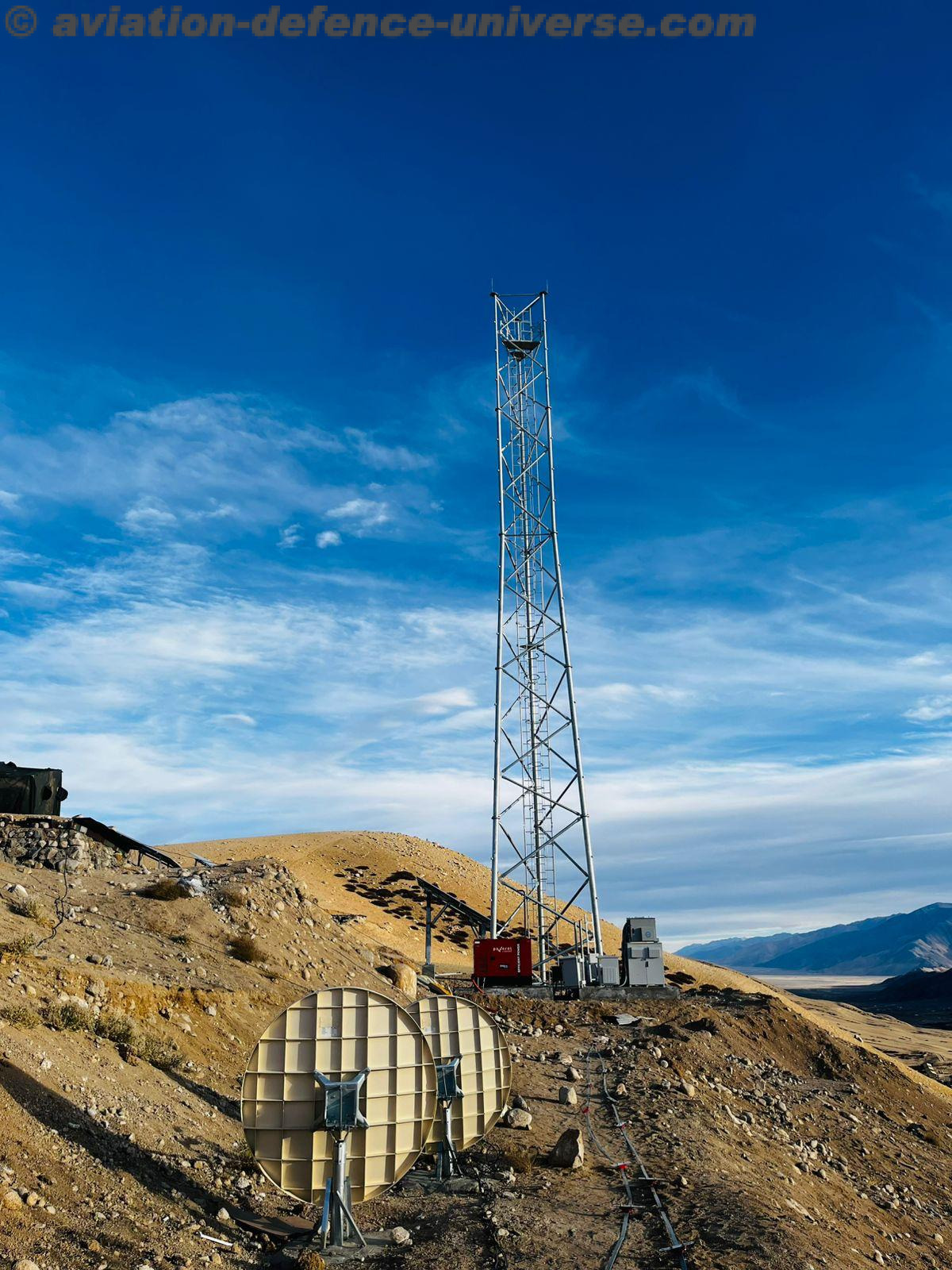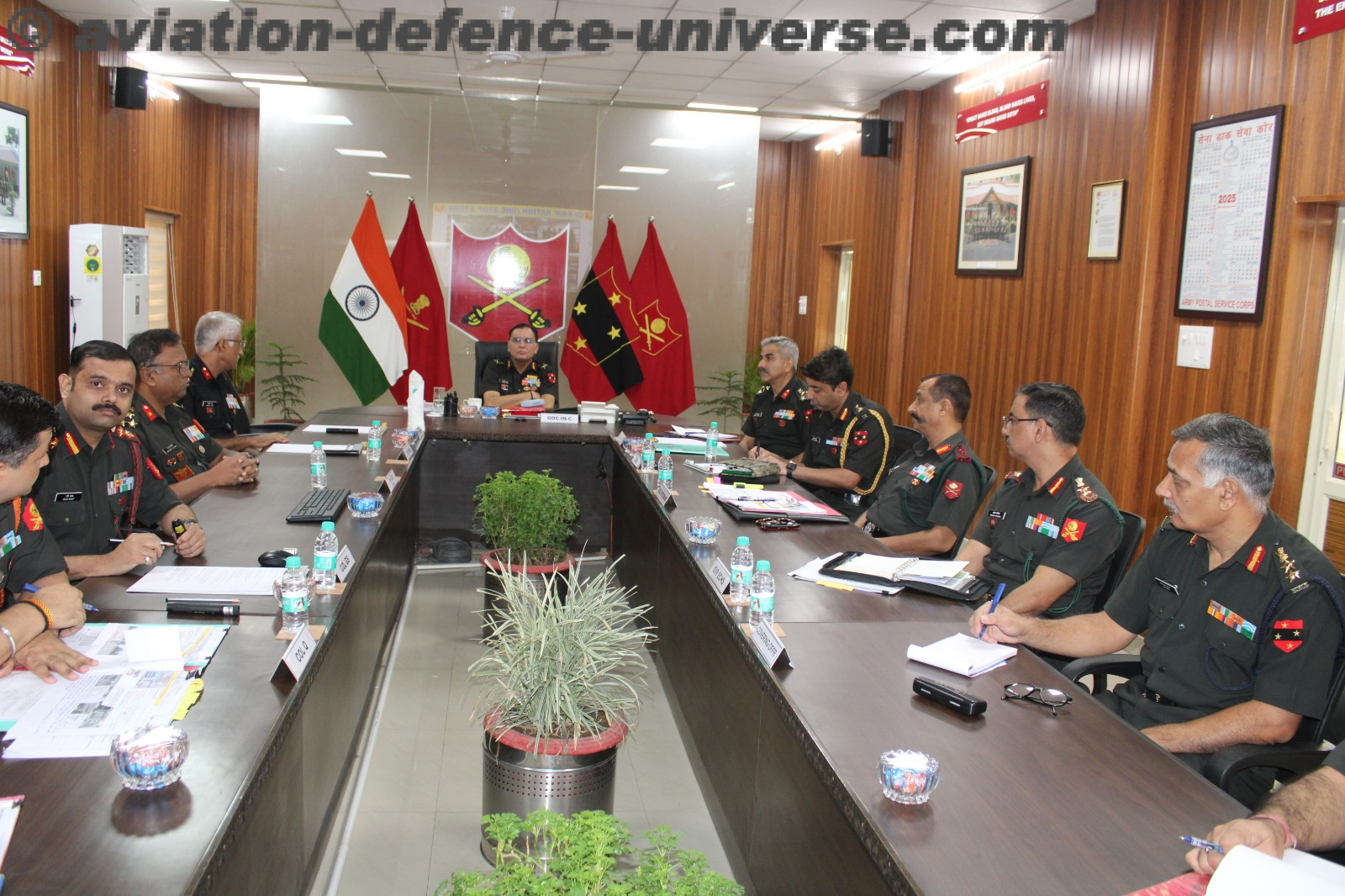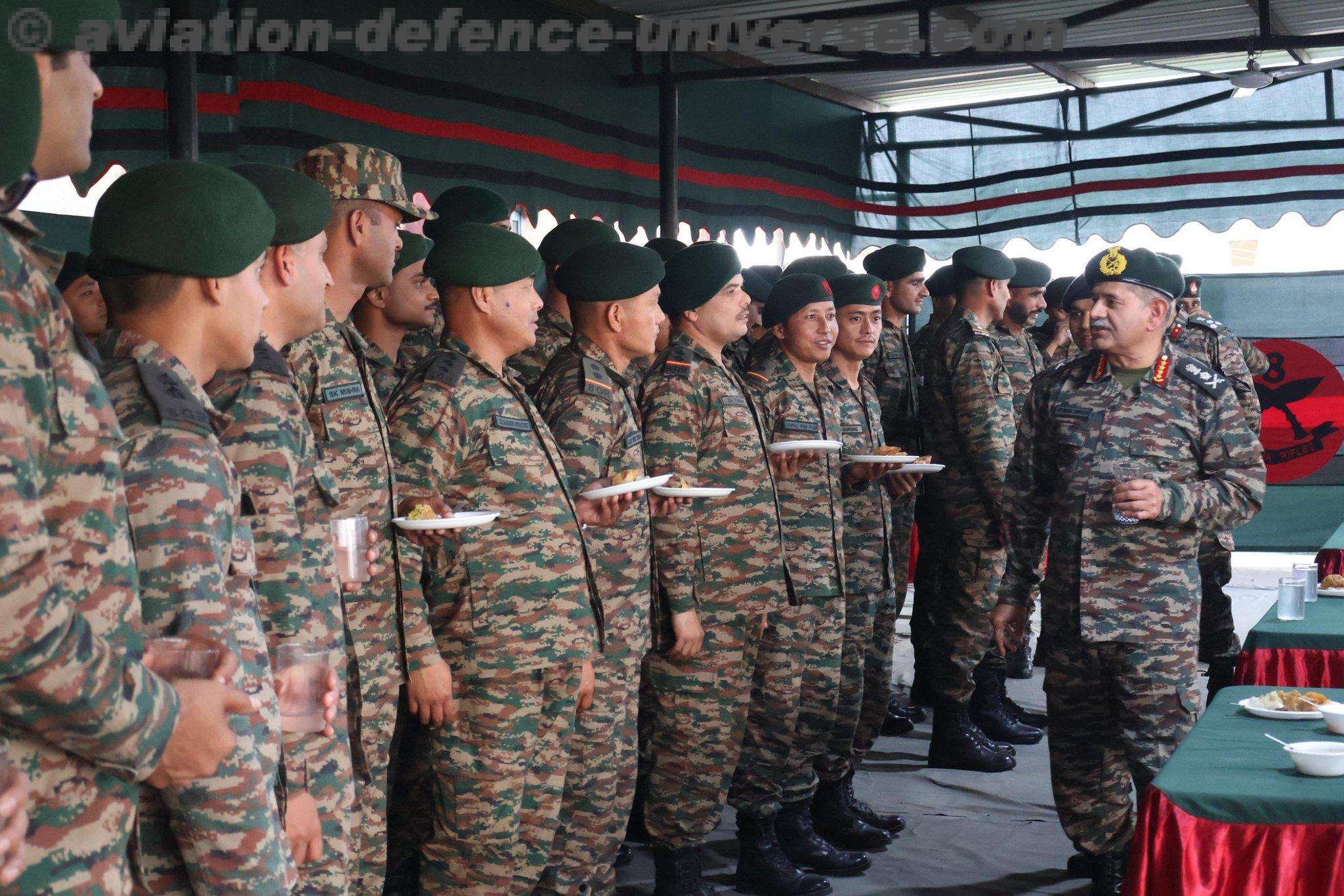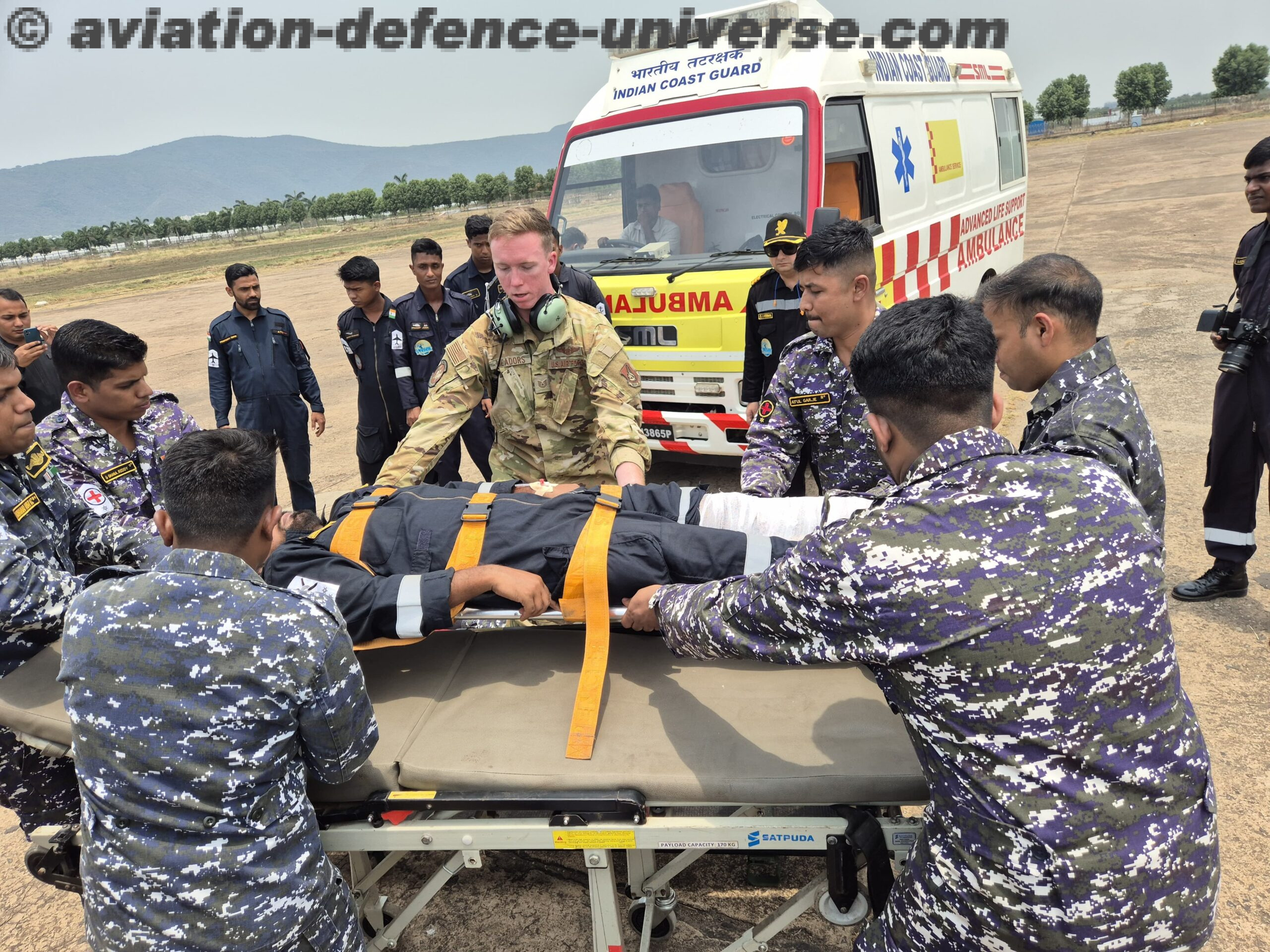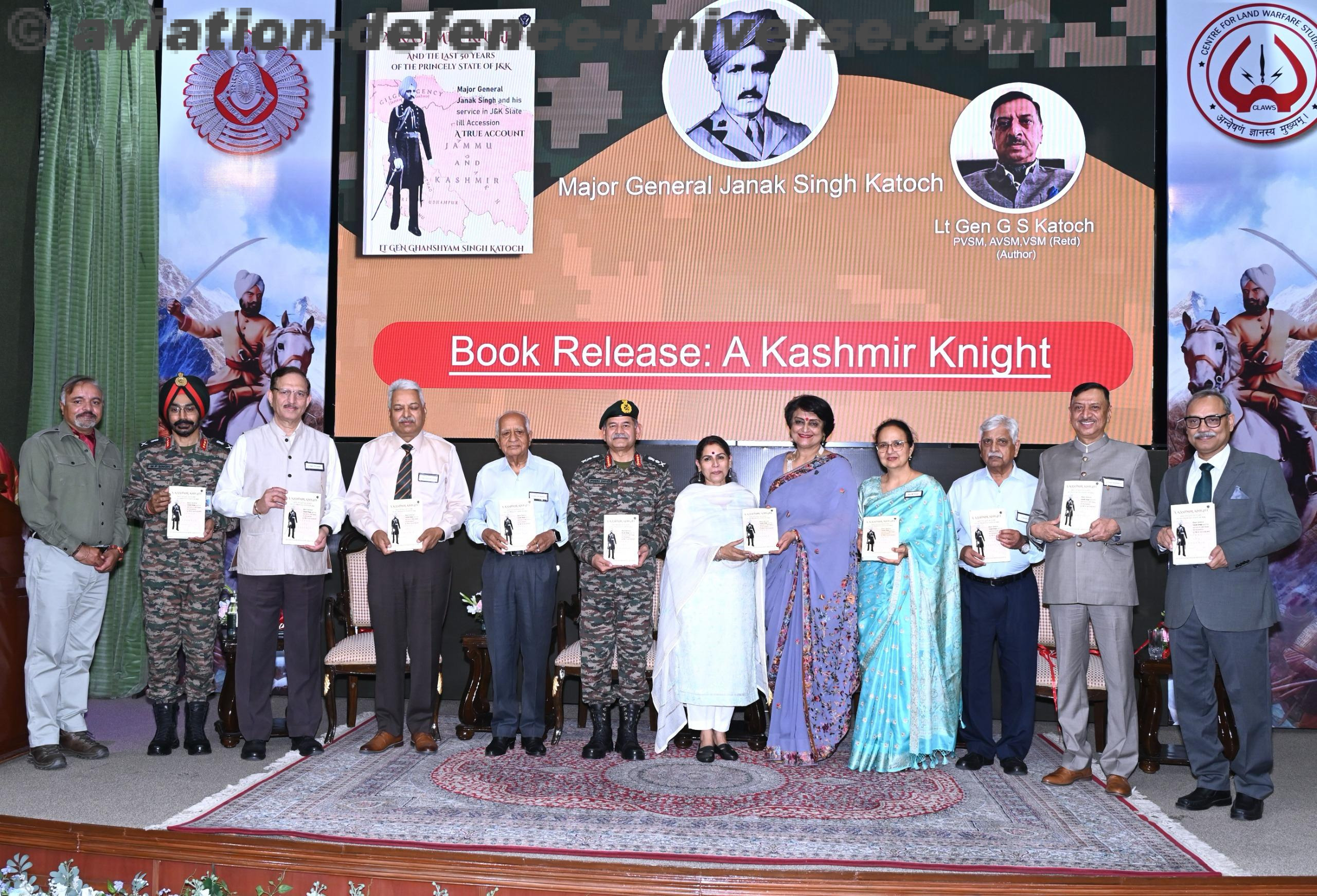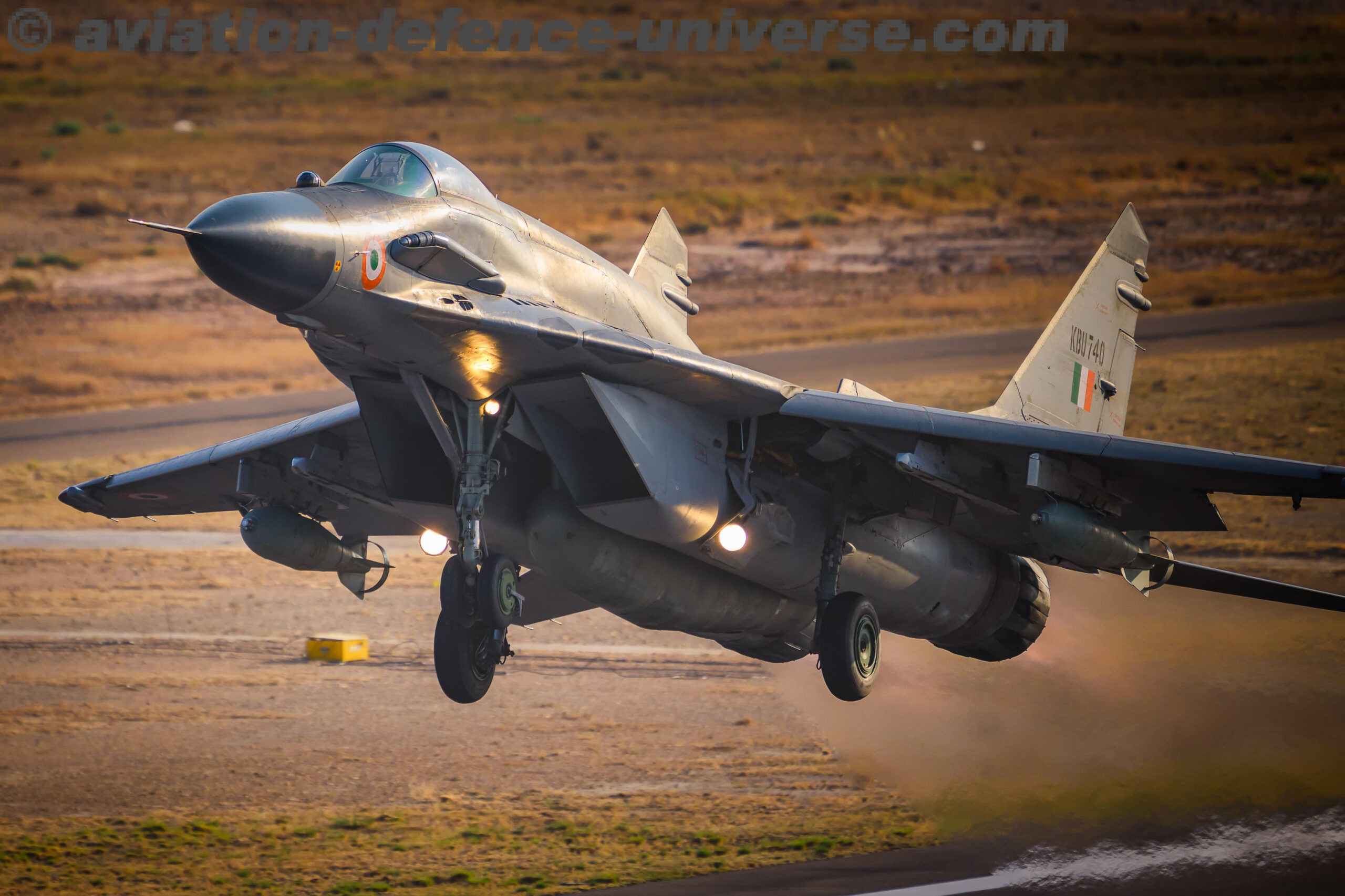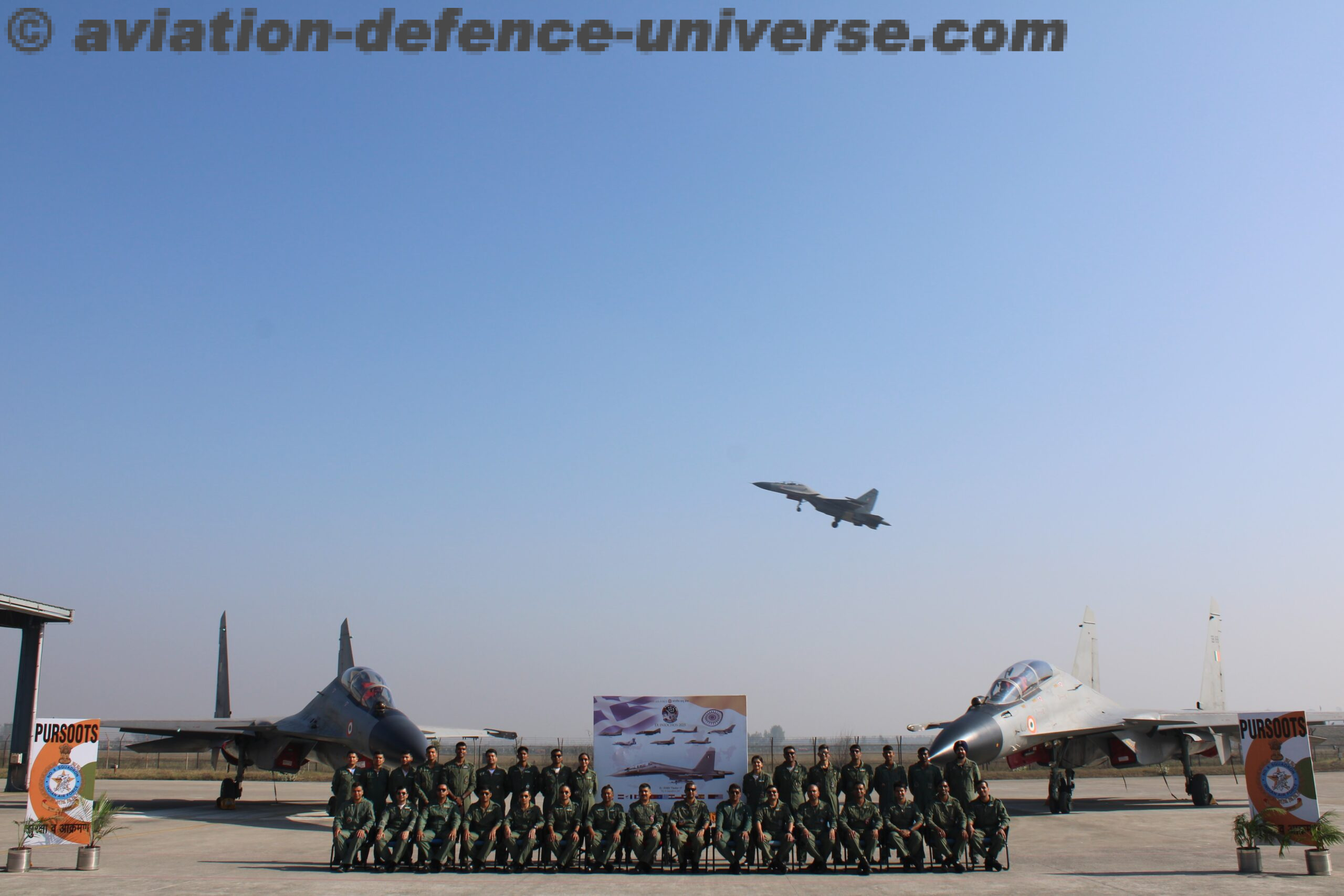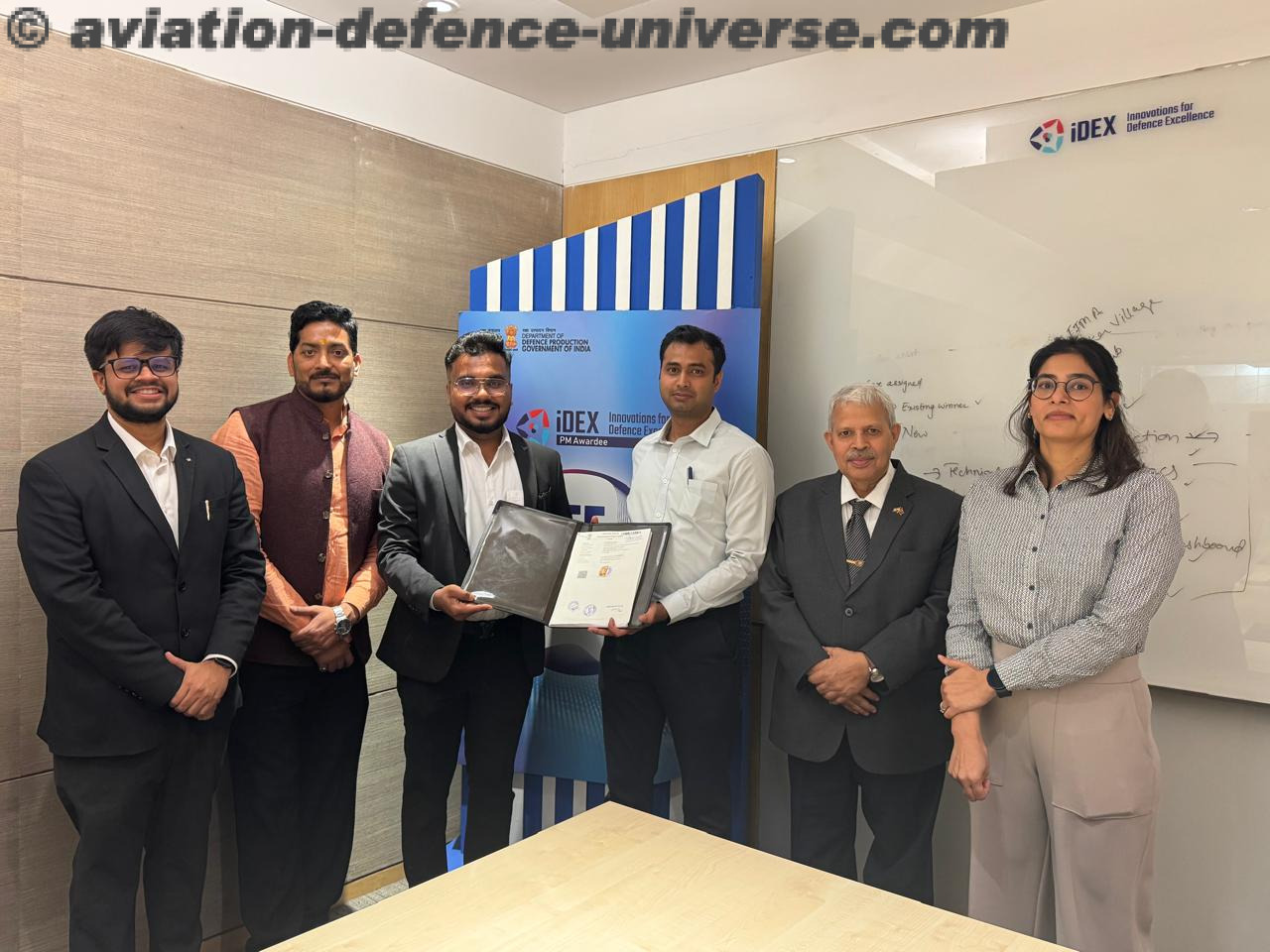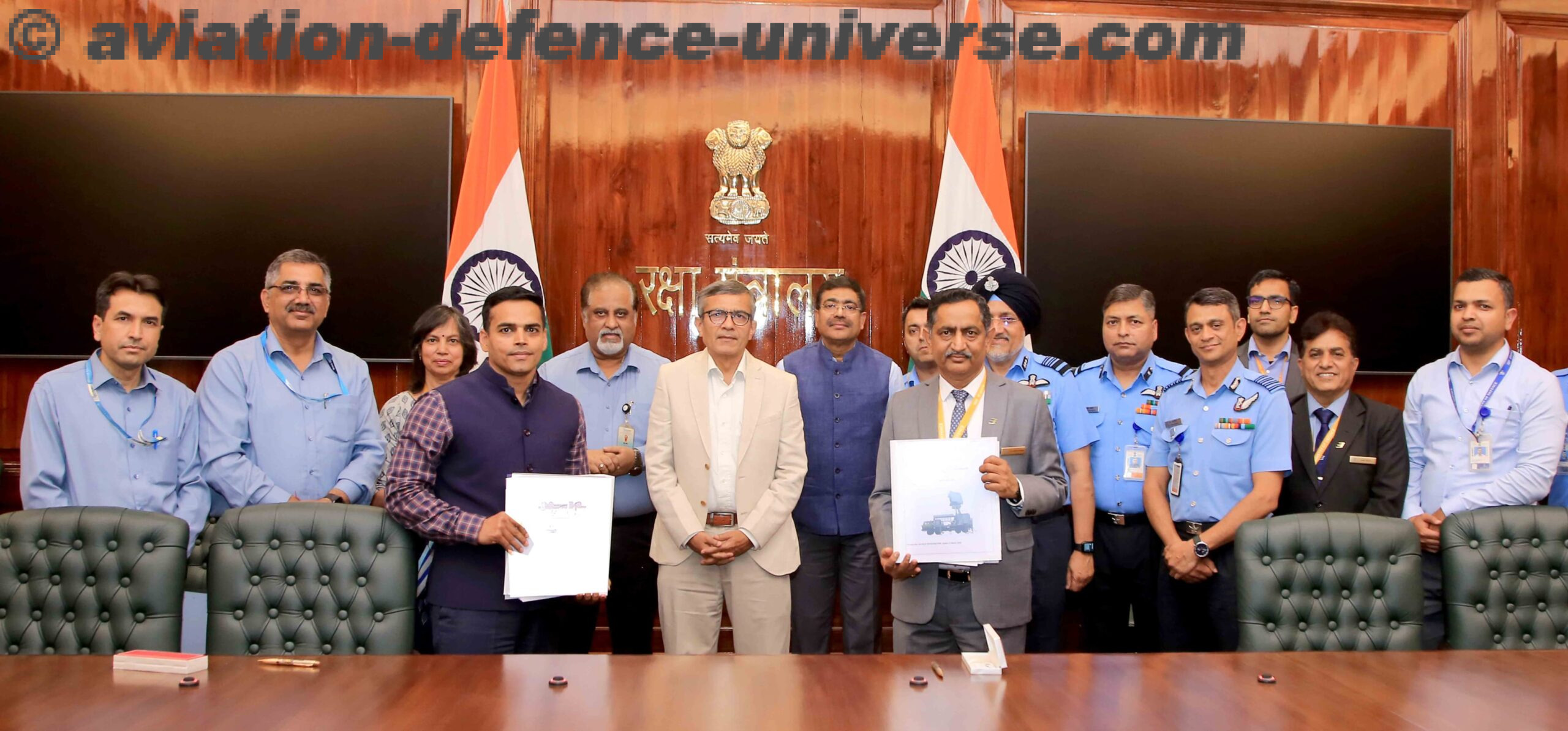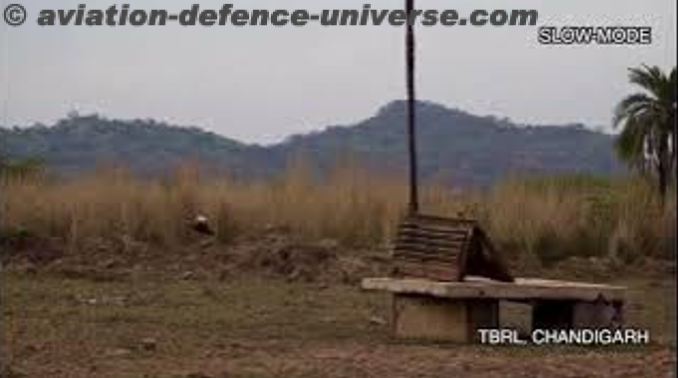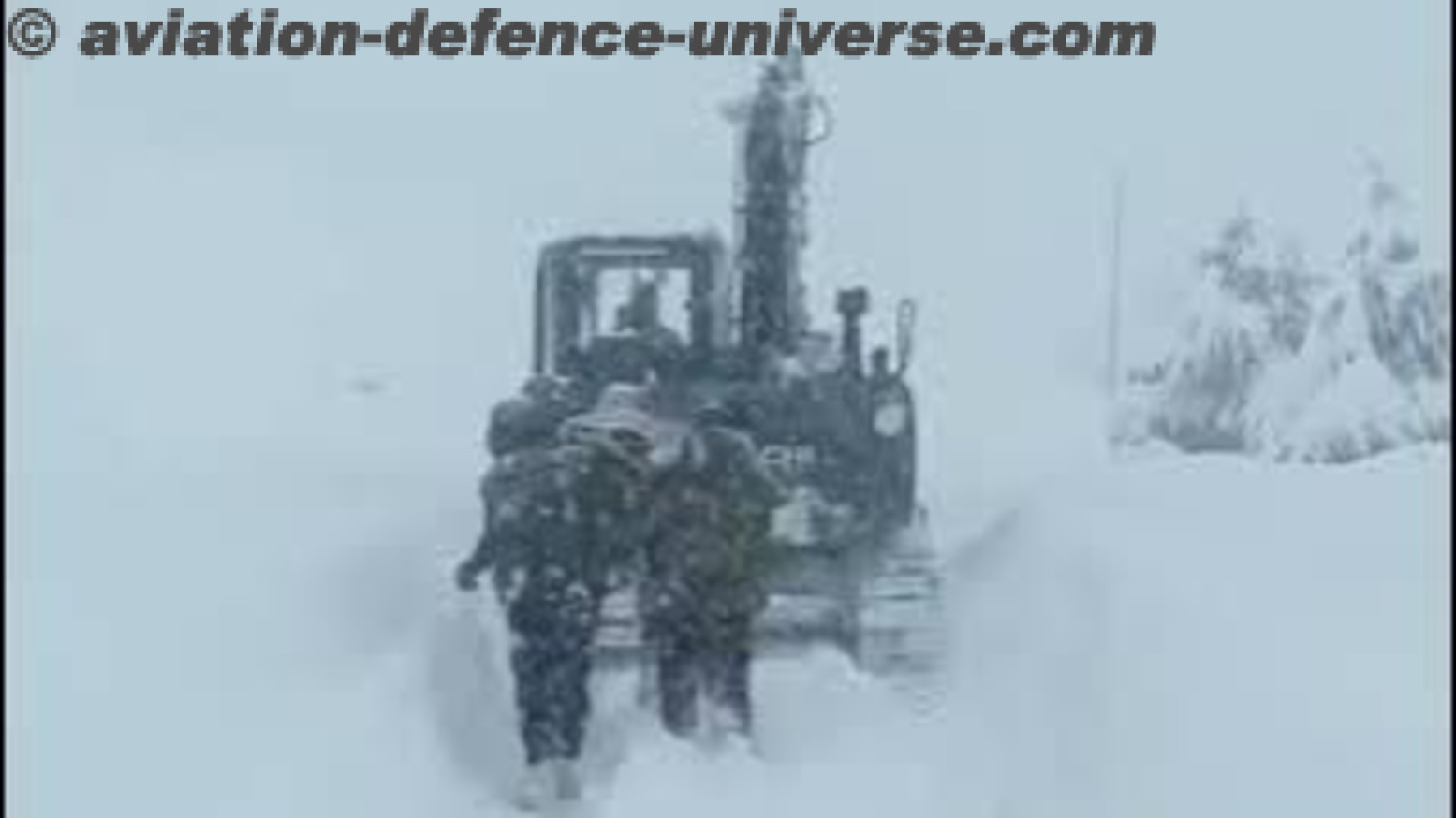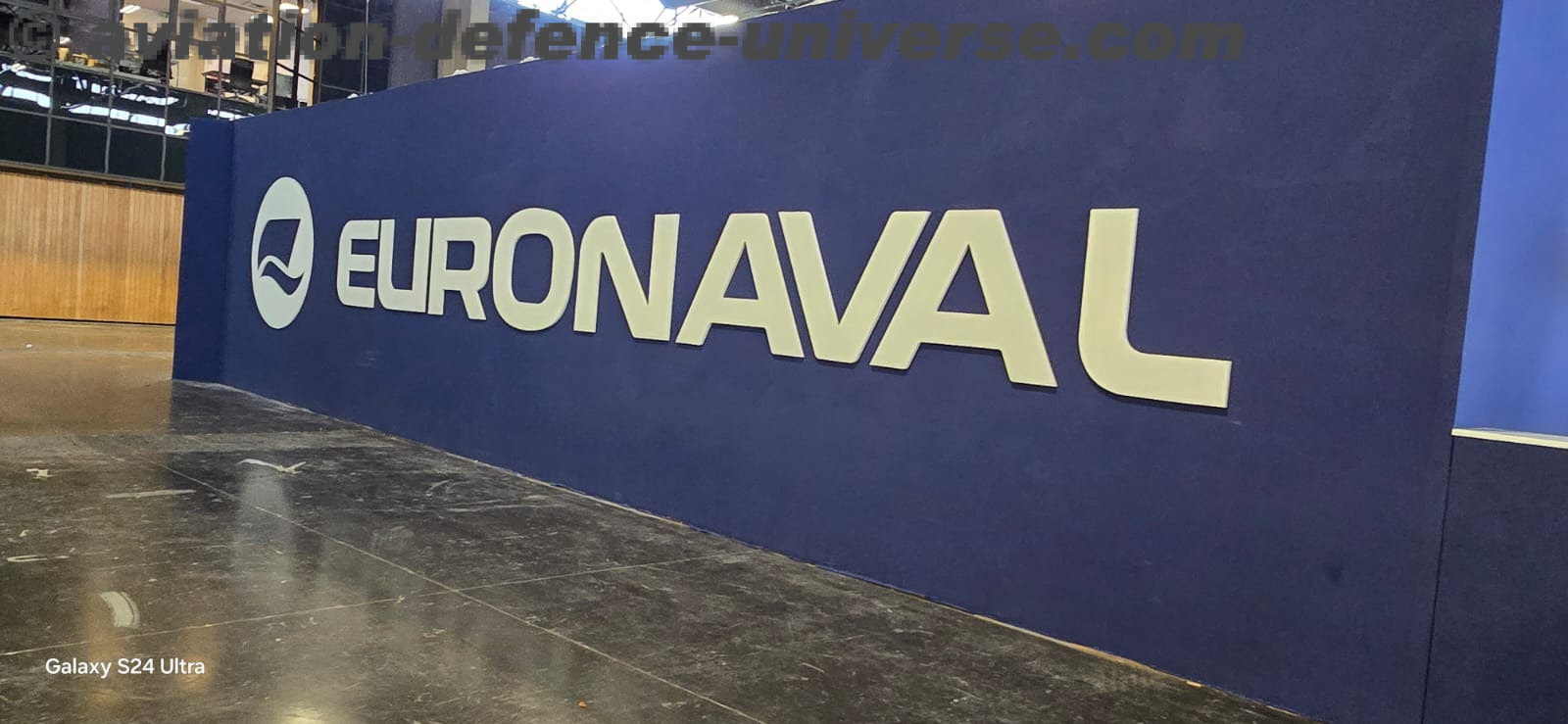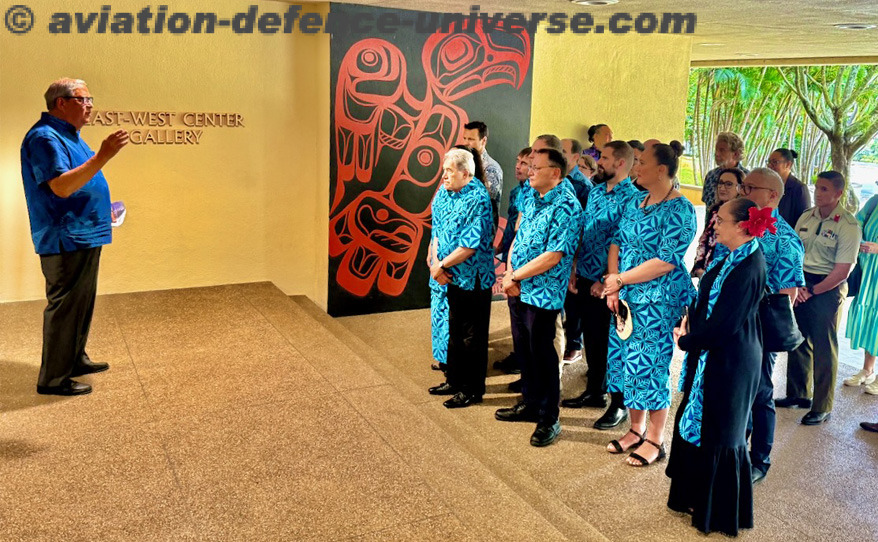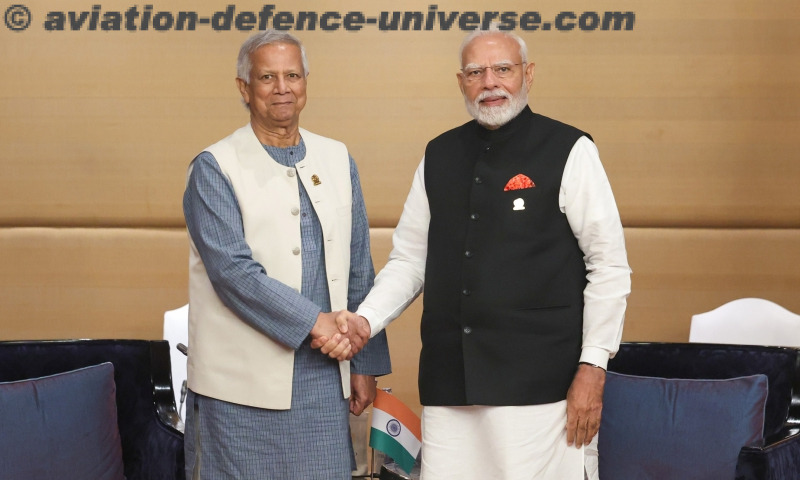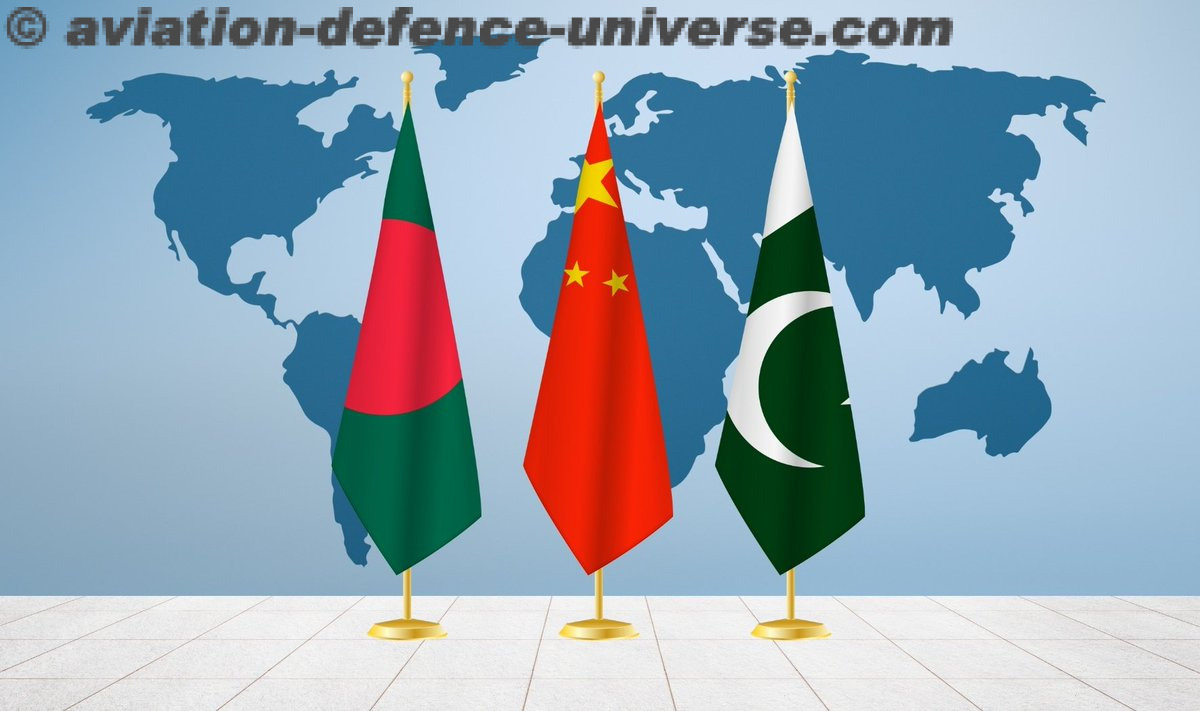By Sangeeta Saxena
New Delhi/Leh. 28 September 2024. ideaForge at HIMTECH 2024 and HIM DRONE-A-THON 2, both organised by Indian Army and FICCI , showcased indigenous solutions for high-altitude operations. These events underscored the critical role of Indian technology in supporting military efforts, especially in challenging environments. Designed for the rugged terrain and unpredictable weather of India’s northern frontiers, these UAVs reflect the company’s commitment to Raksha Atmanirbharta, aligning with the Indian Army’s vision for self-reliant defence technology.
In the breathtaking landscape of Leh, at the HIMTECH 2024 organised by Indian Army and FICCI, IdeaForge showcased innovative drone technology tailored for high-altitude operations. Colonel Neeraj Khurana, General Manager-MoD, IdeaForge, highlighted the significance of the products being presented, specifically designed for the Army’s higher tier 2 segment in an exclusive interview with Aviation & Defence Universe (ADU).
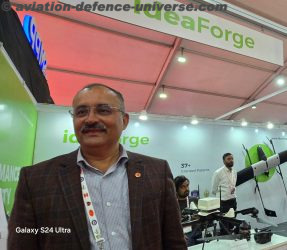 Among the offerings were two advanced quadcopters from the Netra series and the fixed-wing vertical takeoff and landing drone, known as the Switch. The enhanced Switch V2 version, featured prominently at the event, boasts impressive specifications, including a range of 20 kilometers and the capability to fly at altitudes between 1500 meters and 5000 meters AGL. With a remarkable endurance of 90 minutes, the drone is equipped with cutting-edge surveillance payloads that provide optimal Detection, Recognition, and Identification (DRI) ranges, making it ideal for high-altitude terrain.
Among the offerings were two advanced quadcopters from the Netra series and the fixed-wing vertical takeoff and landing drone, known as the Switch. The enhanced Switch V2 version, featured prominently at the event, boasts impressive specifications, including a range of 20 kilometers and the capability to fly at altitudes between 1500 meters and 5000 meters AGL. With a remarkable endurance of 90 minutes, the drone is equipped with cutting-edge surveillance payloads that provide optimal Detection, Recognition, and Identification (DRI) ranges, making it ideal for high-altitude terrain.
“We’ve introduced the Switch V2 version, which we’ve showcased here. It has an enhanced range of 20 kilometers and can fly from altitudes between 5000 meters and 1500 meters AGL, with an endurance of 90 minutes. The surveillance payloads, both day and night, have the best Detection, Recognition, and Identification (DRI) ranges in this category. So, this is our enhanced Switch V2 for high-altitude terrain operations,” Col Khurana informed.
The Netra V4, another highlight, is an upgraded version that can now take off from 5500 meters and reach an operational altitude of 500 meters AGL. It offers a range of 10 kilometers and endurance of 60 minutes, providing superior detection and identification capabilities both during the day and at night. The Netra series also includes a quadcopter designed to carry a secondary payload in addition to its day and night cameras. This drone can autonomously return to base, even in GPS-denied environments, enhancing its operational survivability.
When asked about the improvements in the Netra V4 compared to its predecessor, Col. Khurana added, “ We’ve improved wind resistance, which enhances the drone’s operational capability. The equipment is now far more stable, especially in high-turbulence conditions that are typical in hilly terrains during the afternoons. This makes it easier to conduct missions successfully, even under these tough environmental conditions.
High-altitude, extremely cold weather conditions present significant challenges for both personnel and equipment. The thin air at high altitudes reduces oxygen levels, affecting human performance and the efficiency of machinery. In freezing temperatures, critical components like batteries, sensors, and moving parts in drones and other equipment may malfunction or degrade rapidly. Cold weather impacts fuel efficiency, while icy winds and turbulence can severely compromise the stability and accuracy of aerial operations. Moreover, maintaining communication and navigation systems in such conditions becomes difficult, especially in GPS-denied environments. These harsh environments demand specialized engineering solutions, robust materials, and innovative design adaptations to ensure operational reliability and safety.
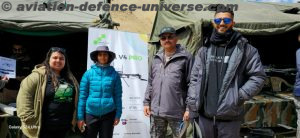 He also reiterated, “ ideaForge is known for its strong R&D, so we’ve made significant advancements in both the drone’s body structure and battery. We’ve developed a powerful battery designed specifically for high-altitude environments, capable of withstanding temperatures as low as minus 30 degrees while still providing the necessary flight time. Additionally, the propellers and airframe have been reinforced to handle these challenging conditions. I’d also like to add that we’ve improved wind resistance, which enhances the drone’s operational capability. The equipment is now far more stable, especially in high-turbulence conditions that are typical in hilly terrains during the afternoons. This makes it easier to conduct missions successfully, even under these tough environmental conditions.”
He also reiterated, “ ideaForge is known for its strong R&D, so we’ve made significant advancements in both the drone’s body structure and battery. We’ve developed a powerful battery designed specifically for high-altitude environments, capable of withstanding temperatures as low as minus 30 degrees while still providing the necessary flight time. Additionally, the propellers and airframe have been reinforced to handle these challenging conditions. I’d also like to add that we’ve improved wind resistance, which enhances the drone’s operational capability. The equipment is now far more stable, especially in high-turbulence conditions that are typical in hilly terrains during the afternoons. This makes it easier to conduct missions successfully, even under these tough environmental conditions.”
In high-altitude areas with extreme weather conditions, drones require specific modifications to their external bodies to ensure optimal performance and durability. Key changes include enhanced material strength, thermal insulation, anti-ice coating, aerodynamic adjustments, sealed enclosures and wind resistance. “We’ve reinforced the drone’s body and provided additional coating to the batteries, allowing them to operate effectively in these sub-zero conditions. The drones are well-prepared to function in extreme cold, “ Col Khurana stated.
 The drone’s external body should be built from lightweight yet robust materials like carbon fibre composites or reinforced polymers. These materials offer better resistance to cold-induced brittleness and can withstand impacts from strong winds or debris. A thermal coating or insulation layer should be added to protect sensitive components from sub-zero temperatures. This helps maintain the internal electronics and battery at optimal operating temperatures, preventing performance degradation in cold climates. An anti-icing or de-icing system can be incorporated to prevent the accumulation of ice on propellers, sensors, and the airframe, which can hamper aerodynamics and sensor accuracy during flight. The drone’s design should include modifications like larger propellers or more powerful motors to improve lift and manoeuvrability in thin air and turbulent high-altitude conditions. Waterproof and dustproof enclosures are necessary to protect against snow, ice, and high-altitude winds, ensuring that sensitive internal components remain unharmed. Structural reinforcements and design alterations, such as stabilizing fins or streamlined body shapes, improve the drone’s ability to resist strong winds and maintain stability during flight. These modifications are crucial for ensuring drones remain functional, reliable, and efficient in extreme high-altitude environments.
The drone’s external body should be built from lightweight yet robust materials like carbon fibre composites or reinforced polymers. These materials offer better resistance to cold-induced brittleness and can withstand impacts from strong winds or debris. A thermal coating or insulation layer should be added to protect sensitive components from sub-zero temperatures. This helps maintain the internal electronics and battery at optimal operating temperatures, preventing performance degradation in cold climates. An anti-icing or de-icing system can be incorporated to prevent the accumulation of ice on propellers, sensors, and the airframe, which can hamper aerodynamics and sensor accuracy during flight. The drone’s design should include modifications like larger propellers or more powerful motors to improve lift and manoeuvrability in thin air and turbulent high-altitude conditions. Waterproof and dustproof enclosures are necessary to protect against snow, ice, and high-altitude winds, ensuring that sensitive internal components remain unharmed. Structural reinforcements and design alterations, such as stabilizing fins or streamlined body shapes, improve the drone’s ability to resist strong winds and maintain stability during flight. These modifications are crucial for ensuring drones remain functional, reliable, and efficient in extreme high-altitude environments.
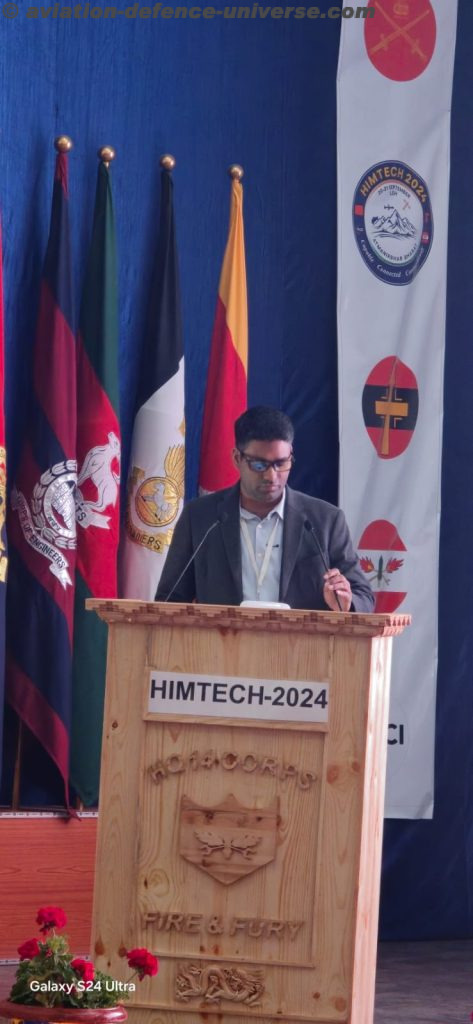 On being asked about what kind of drone requirements does he see in this region, Neeraj responded, “ based on market feedback and user requirements, there’s a strong demand for enhanced specifications and miniaturization of drones, coupled with armament capabilities. The inclusion of armament provides an added tactical advantage. So yes, the industry is shifting towards a focus on FPV (First Person View) drones and armed drones.”
On being asked about what kind of drone requirements does he see in this region, Neeraj responded, “ based on market feedback and user requirements, there’s a strong demand for enhanced specifications and miniaturization of drones, coupled with armament capabilities. The inclusion of armament provides an added tactical advantage. So yes, the industry is shifting towards a focus on FPV (First Person View) drones and armed drones.”
While both the Air Force and Army require drones that can function in high-altitude, extreme weather conditions, their specific mission profiles create differences in design, payload, and operational characteristics. The Army needs drones optimized for ground-based operations and shorter-range surveillance, while the Air Force focuses on longer-range, higher-altitude aerial missions with more sophisticated sensor systems. However, shared challenges like cold weather, endurance, and terrain adaptability remain constant across both branches.
On being asked whether the IAF had shown interest in these drones Col. Neeraj Khurana responded, “ IAF will evaluate the use cases and determine the actual demand based on the feedback and operational needs. The decision to adopt such drones will depend on how these requirements align with future scenarios.”
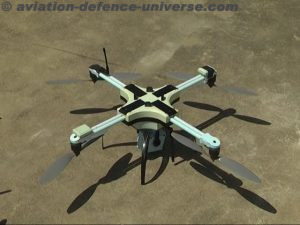 The NETRA V4 drone is engineered for superior performance in extreme conditions, making it highly suitable for high-altitude operations and subzero temperatures. Its robust design ensures reliability, enabling repeated use even in the harshest environments, withstanding up to 2000 flights. Featuring advanced autonomy, NETRA V4 is mission-ready with swappable payloads, allowing seamless adaptation to various operational requirements. Its toolless assembly is a standout feature, thanks to a quick snap-fit mechanism that eliminates the need for tools, ensuring fast deployment. Fully man-portable, it is designed for last-mile transport without compromising on performance, making it ideal for rugged terrains. Moreover, minimal maintenance is required due to its rugged build, capable of enduring extreme weather and challenging environments.
The NETRA V4 drone is engineered for superior performance in extreme conditions, making it highly suitable for high-altitude operations and subzero temperatures. Its robust design ensures reliability, enabling repeated use even in the harshest environments, withstanding up to 2000 flights. Featuring advanced autonomy, NETRA V4 is mission-ready with swappable payloads, allowing seamless adaptation to various operational requirements. Its toolless assembly is a standout feature, thanks to a quick snap-fit mechanism that eliminates the need for tools, ensuring fast deployment. Fully man-portable, it is designed for last-mile transport without compromising on performance, making it ideal for rugged terrains. Moreover, minimal maintenance is required due to its rugged build, capable of enduring extreme weather and challenging environments.
The NETRA V4 PRO is the latest addition to their NETRA Series UAV, designed for mission-critical applications such as defense, public safety, emergency response, and mapping. With a 90-minute flight time, it performs reliably in diverse environments, offering autonomy and minimal maintenance even in extreme conditions. The UAV’s toolless assembly ensures quick deployment with its quick snap-fit mechanism, while its man-portable design makes it easy to carry for last-mile operations. Built for repeated use, the rugged NETRA V4 PRO is an ideal solution for high-performance, reliable missions.
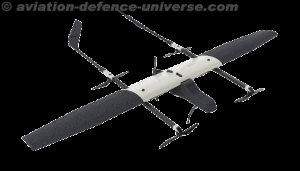 The SWITCH UAV is a fixed-wing and VTOL hybrid UAV designed for long-range, high-endurance, and high-altitude surveillance and security operations. It features advanced flight capabilities, fail-safe redundancies, and simple operation, making it ideal for last-mile intelligence, surveillance, and reconnaissance (ISR) missions in challenging terrains and extreme temperatures. With its VTOL and fixed-wing hybrid design, the SWITCH UAV can seamlessly operate day and night in high-altitude environments. Its toolless assembly and lightweight structure enable easy deployment and transportation. The SWITCH UAV meets rigorous military standards such as JSS 55555 and MIL Standard 461E for EMI EMC, ensuring its durability across various terrains and harsh conditions. It has undergone extensive testing, including vibration, flight, climate chamber, drop, and EMI/EMC tests, making it a reliable solution for demanding surveillance missions.
The SWITCH UAV is a fixed-wing and VTOL hybrid UAV designed for long-range, high-endurance, and high-altitude surveillance and security operations. It features advanced flight capabilities, fail-safe redundancies, and simple operation, making it ideal for last-mile intelligence, surveillance, and reconnaissance (ISR) missions in challenging terrains and extreme temperatures. With its VTOL and fixed-wing hybrid design, the SWITCH UAV can seamlessly operate day and night in high-altitude environments. Its toolless assembly and lightweight structure enable easy deployment and transportation. The SWITCH UAV meets rigorous military standards such as JSS 55555 and MIL Standard 461E for EMI EMC, ensuring its durability across various terrains and harsh conditions. It has undergone extensive testing, including vibration, flight, climate chamber, drop, and EMI/EMC tests, making it a reliable solution for demanding surveillance missions.
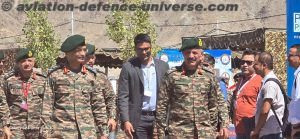 In addition to demonstrating their high-altitude endurance, ideaForge unveiled anti-jamming capabilities and introduced five new payloads, enhancing the operational versatility of the UAVs for a range of mission needs, from advanced surveillance optics to tactical payloads. New software features for improved mission planning, autonomous navigation, and real-time data analysis were also introduced, making the UAVs more adaptable and responsive to complex operational scenarios. These advancements further strengthen ideaForge’s position as a leader in UAV technology, providing cutting-edge solutions for defense and security operations.
In addition to demonstrating their high-altitude endurance, ideaForge unveiled anti-jamming capabilities and introduced five new payloads, enhancing the operational versatility of the UAVs for a range of mission needs, from advanced surveillance optics to tactical payloads. New software features for improved mission planning, autonomous navigation, and real-time data analysis were also introduced, making the UAVs more adaptable and responsive to complex operational scenarios. These advancements further strengthen ideaForge’s position as a leader in UAV technology, providing cutting-edge solutions for defense and security operations.
The Army signed a contract with ideaForge for Switch UAVs in a deal worth $20 million, is an old story now. It placed a repeat order to procure an undisclosed number of Switch UAVs to augment surveillance along the LAC. ideaForge has come a long way since the team led by Ankit Mehta the Co-Founder, started from a light-hearted technology project on Powai lake to a real enterprise , went down into pages of Bollywood history as the drones used in Amir Khan’s blockbuster 3 Idiots to the most professional and successful drone manufacturer and the most dependable when it comes to India’s security needs.


